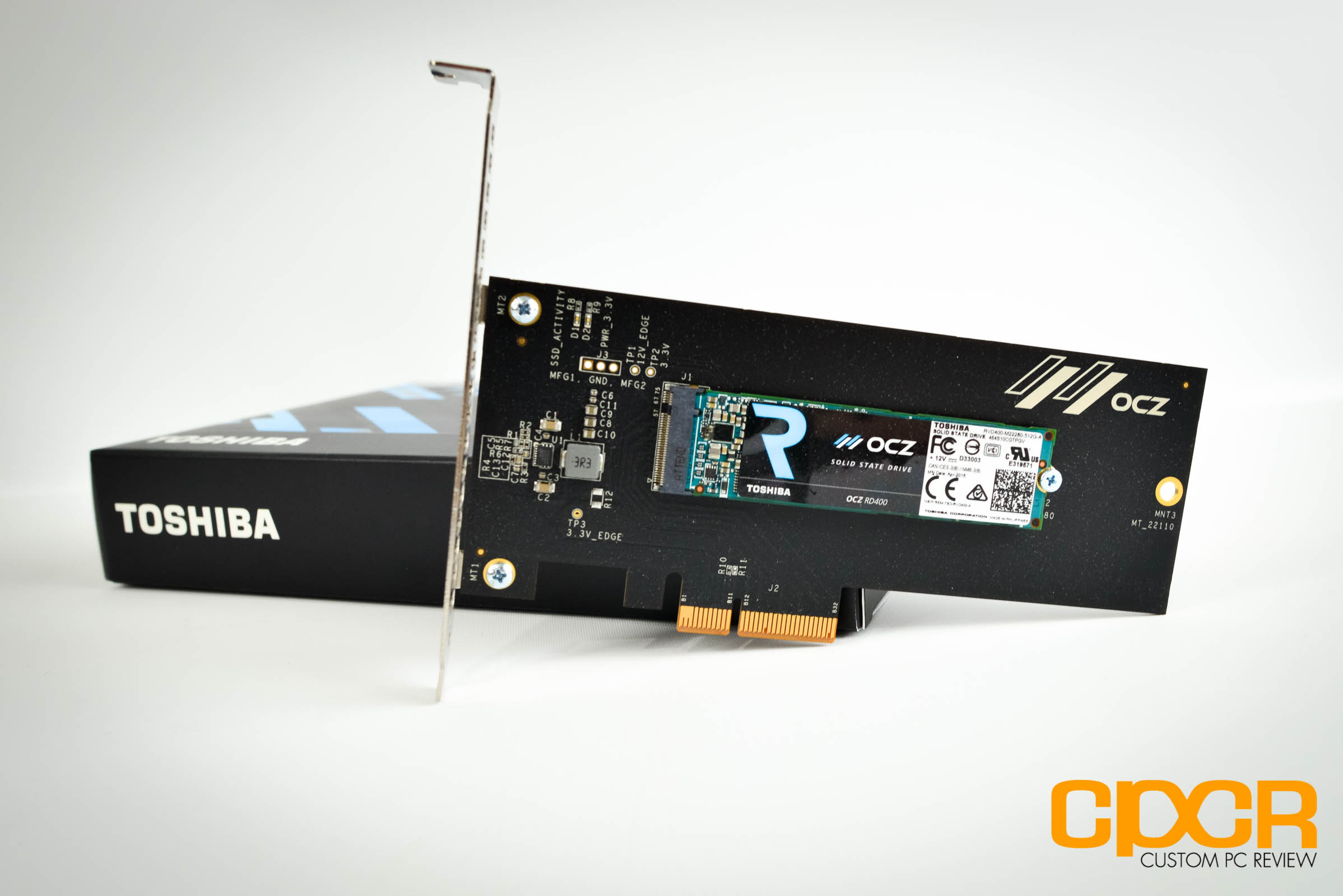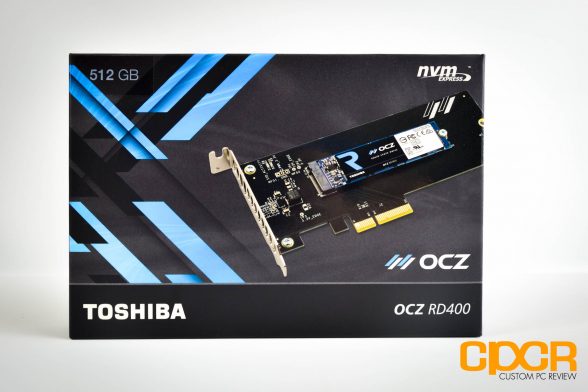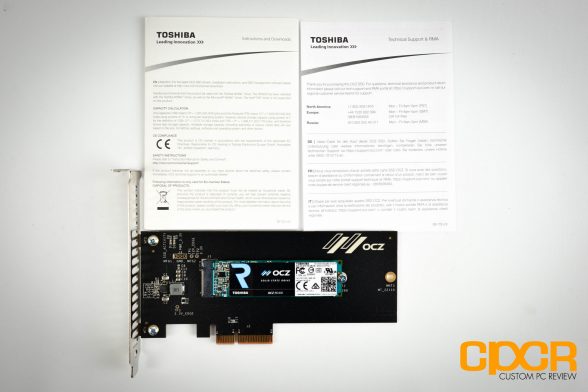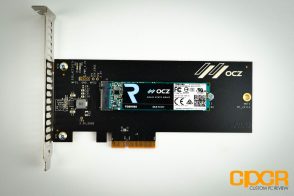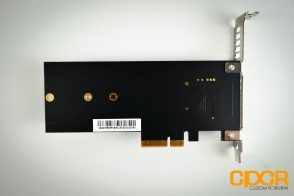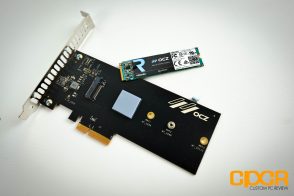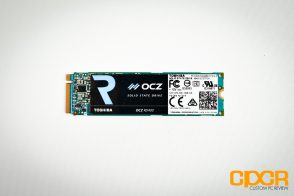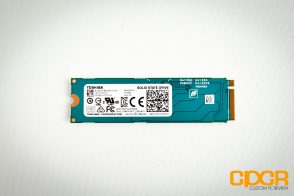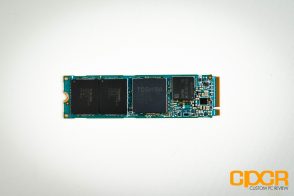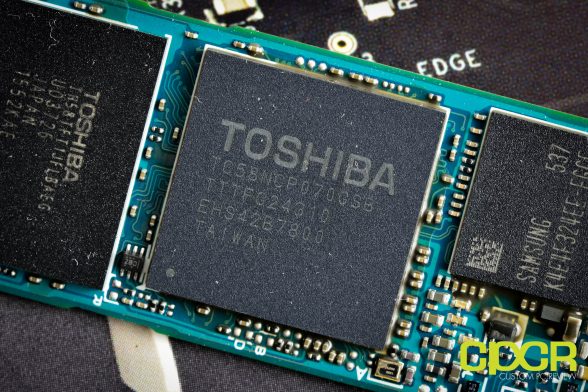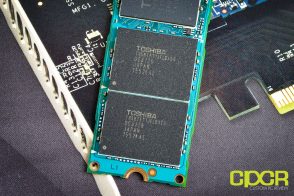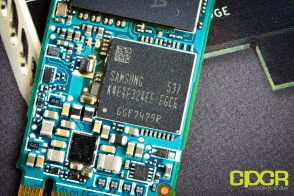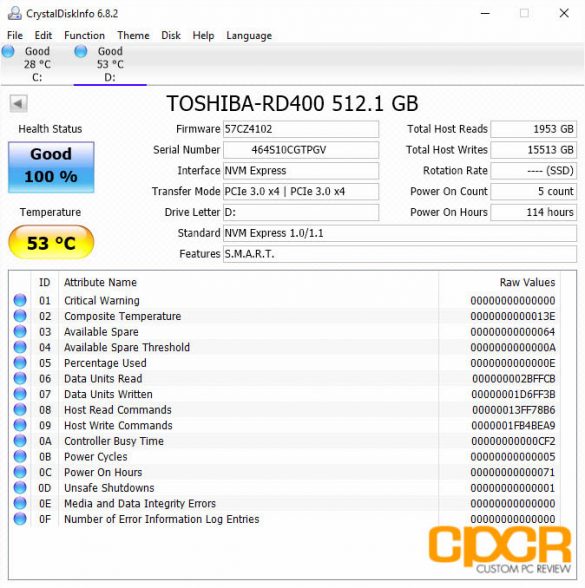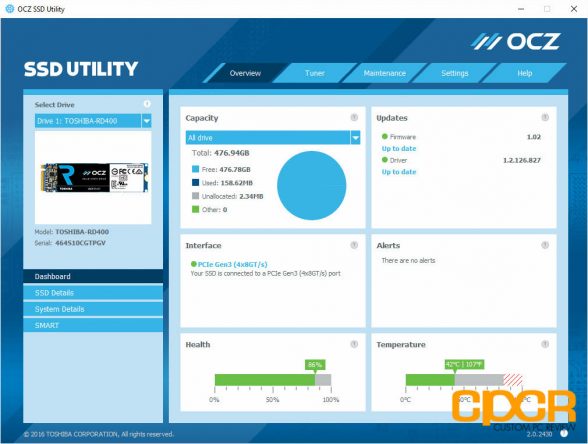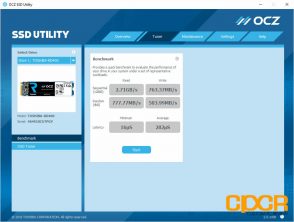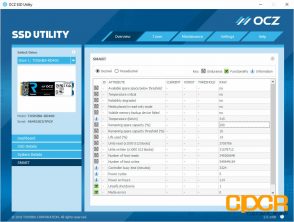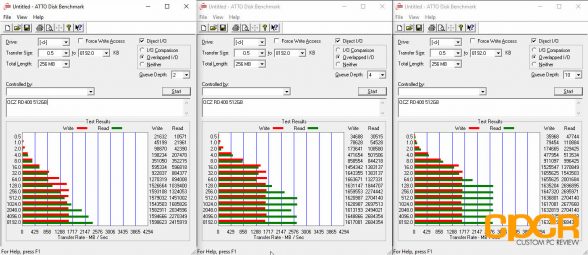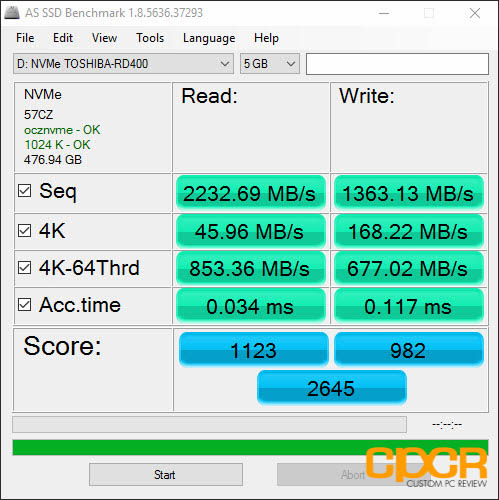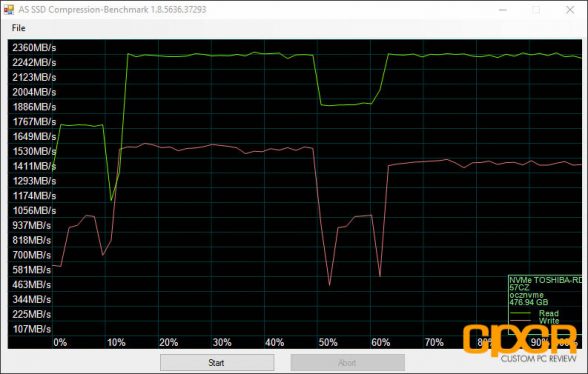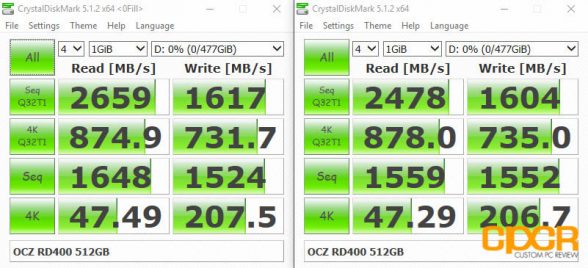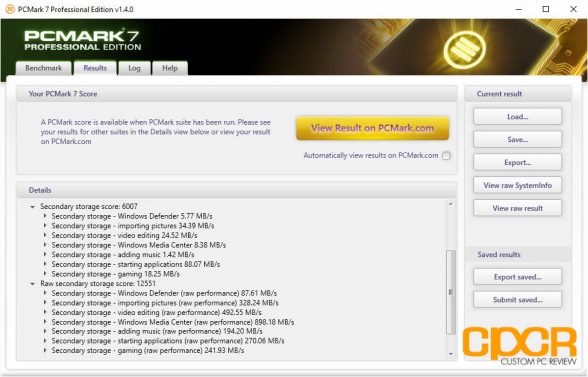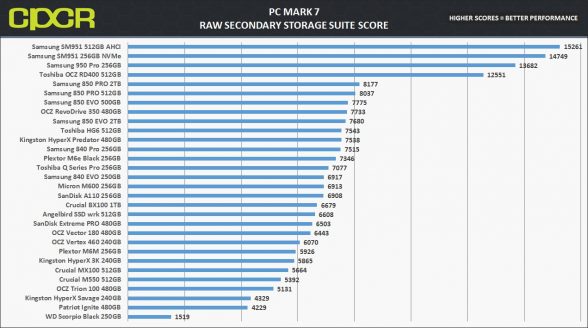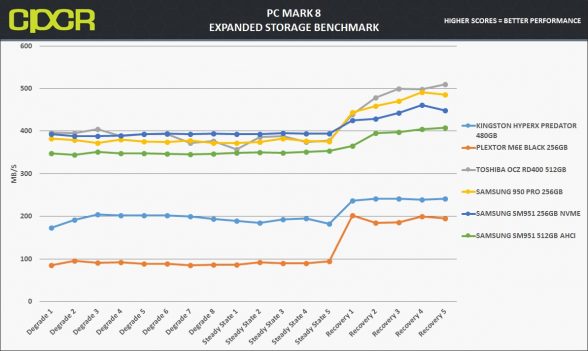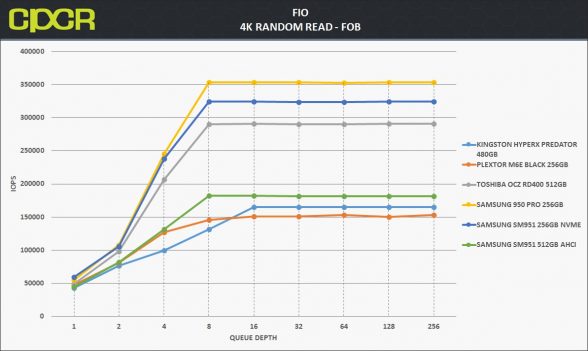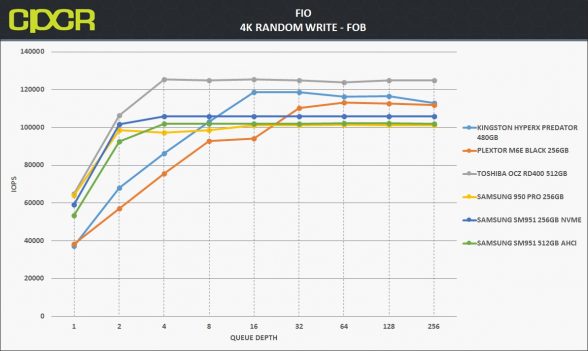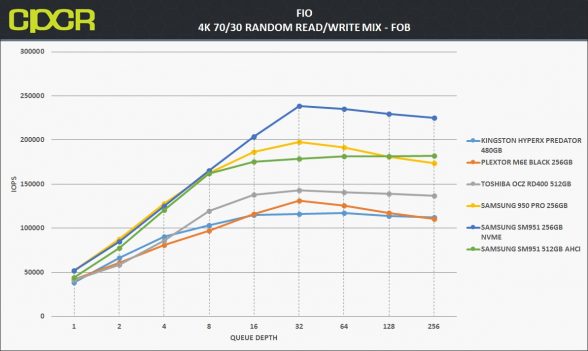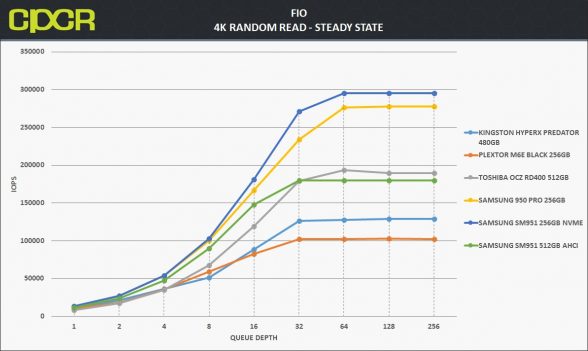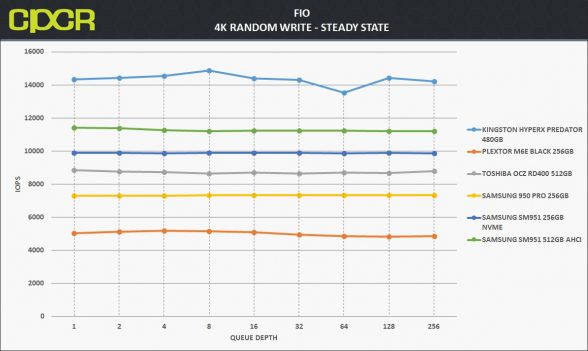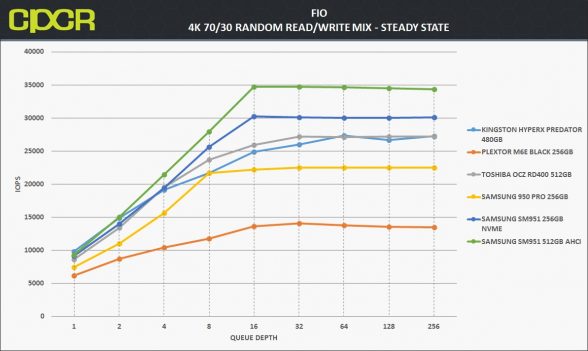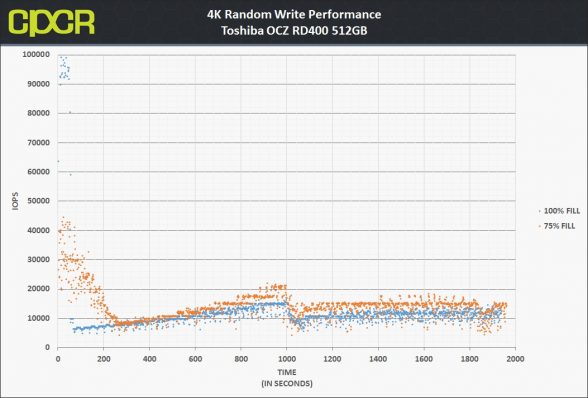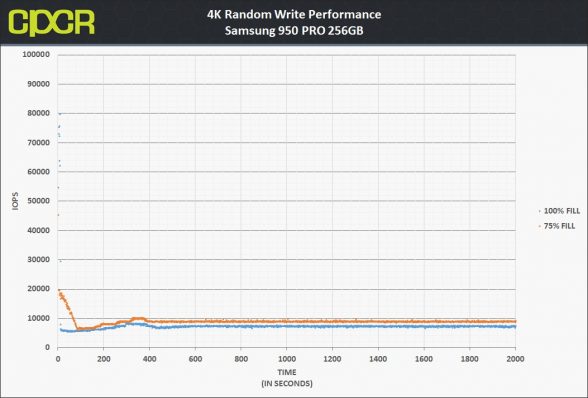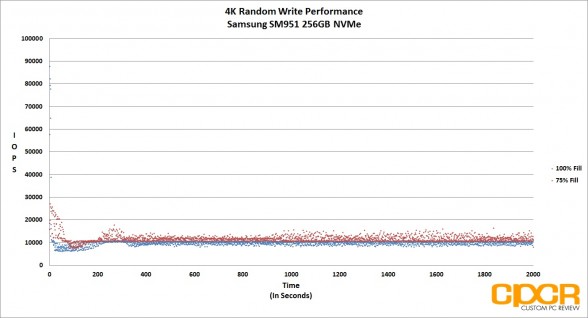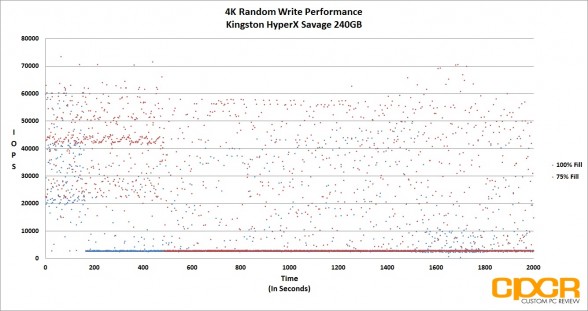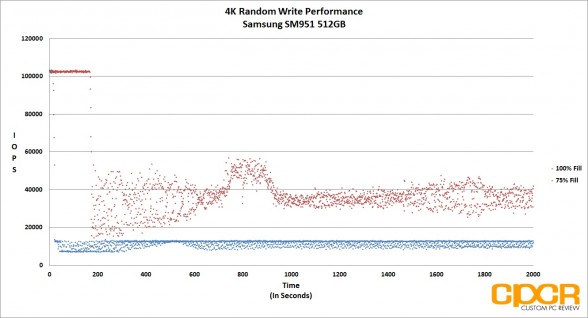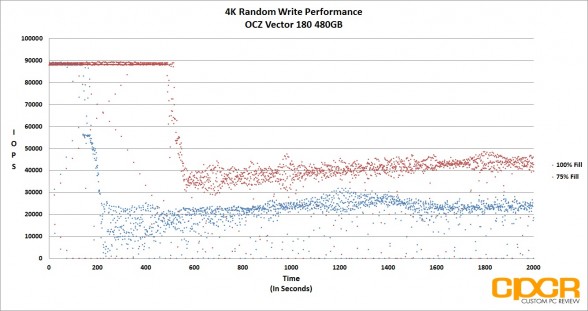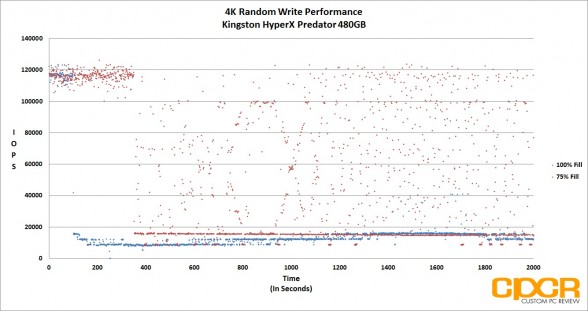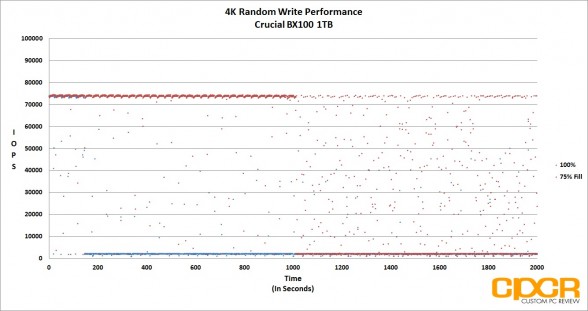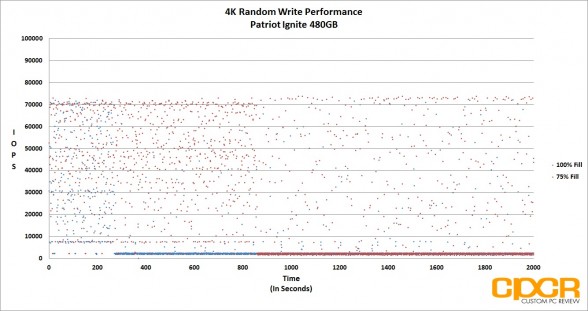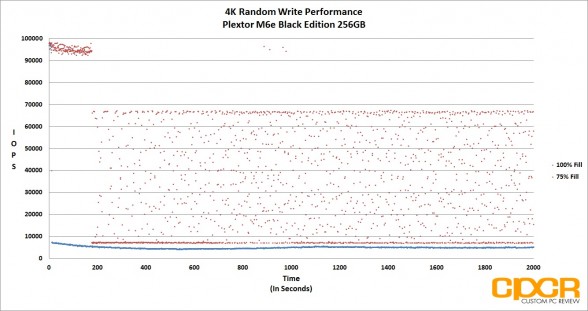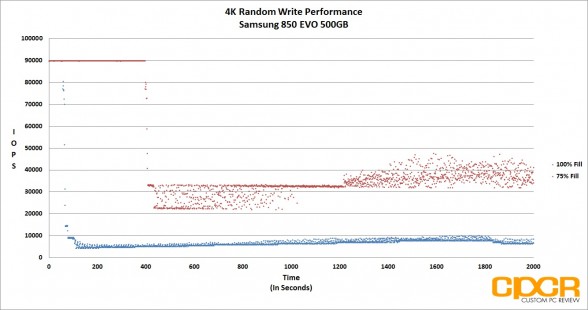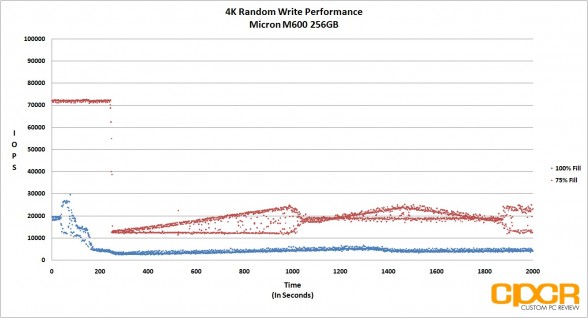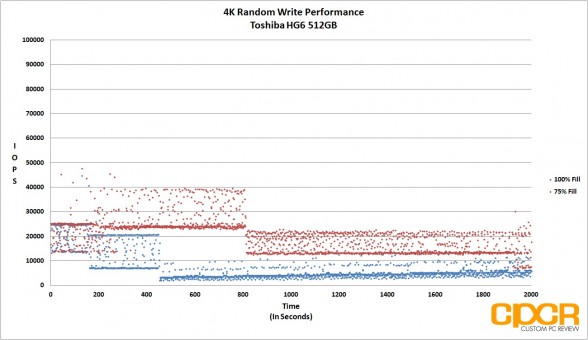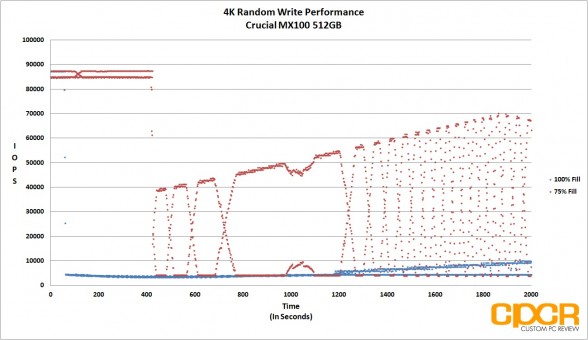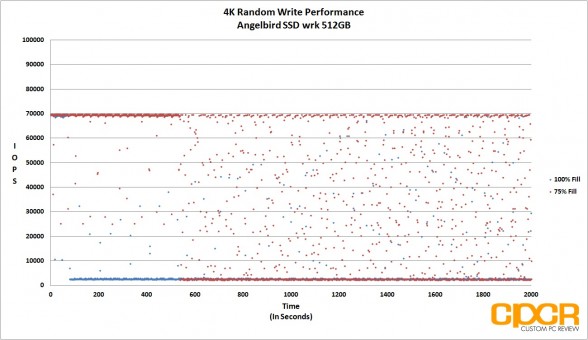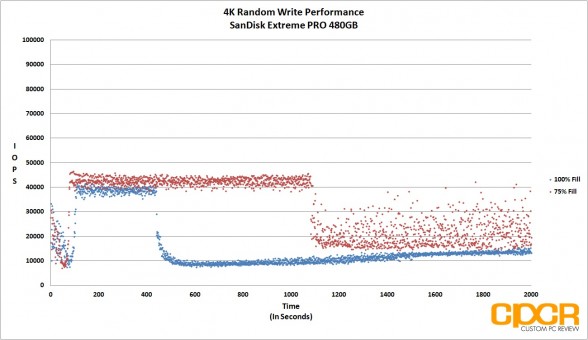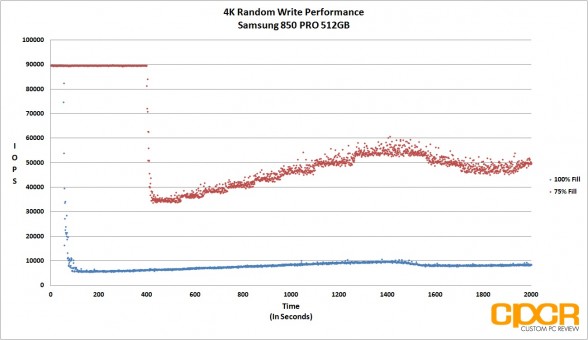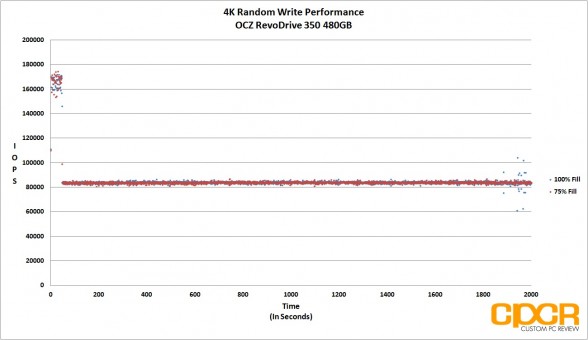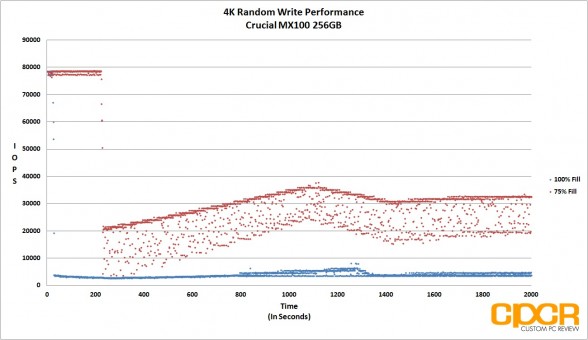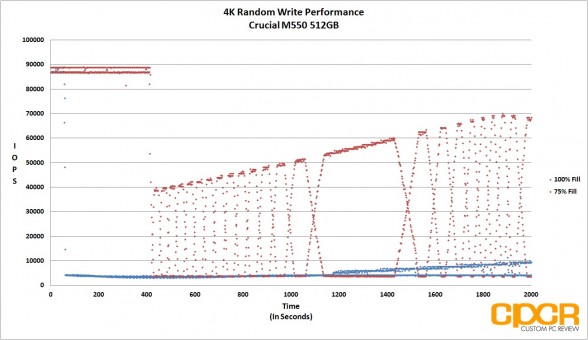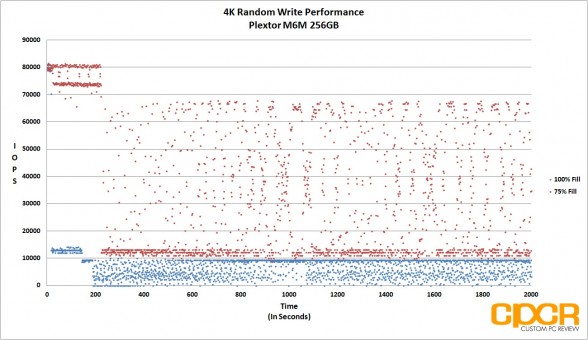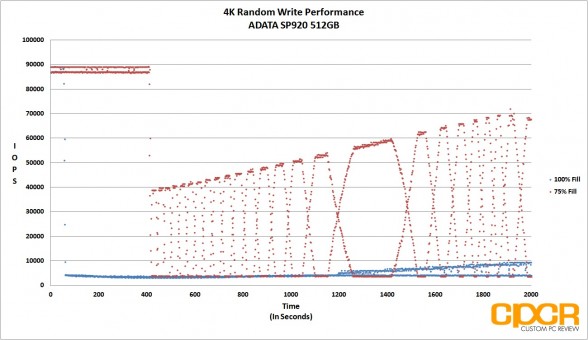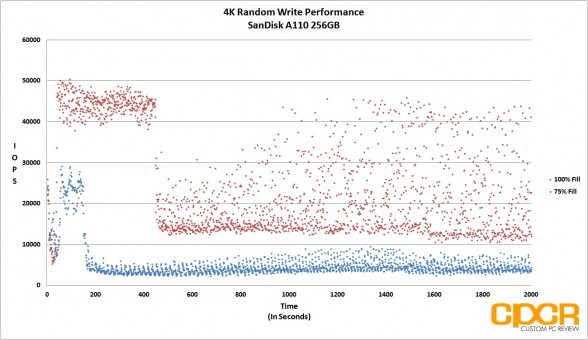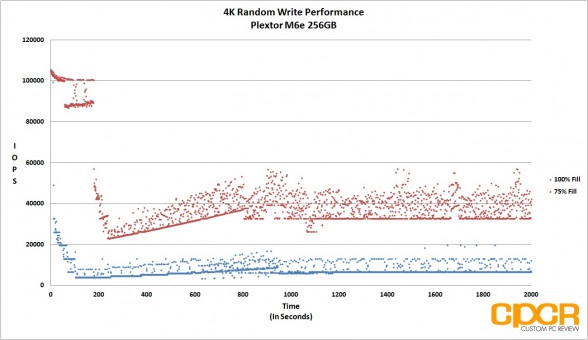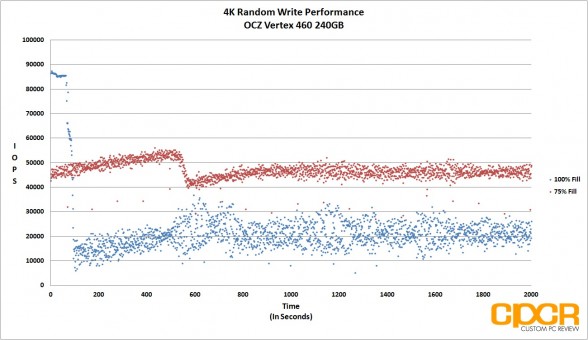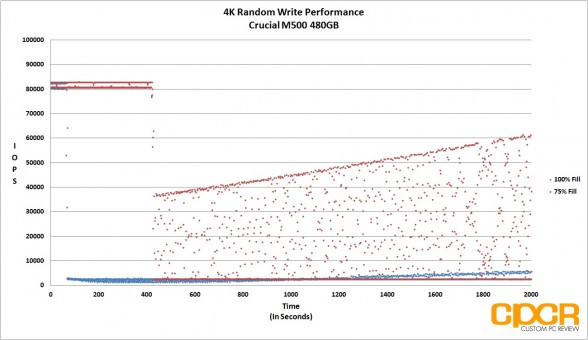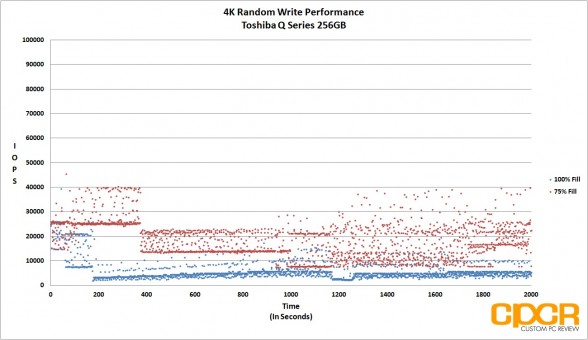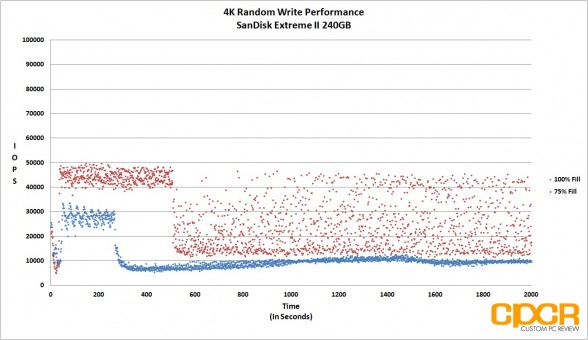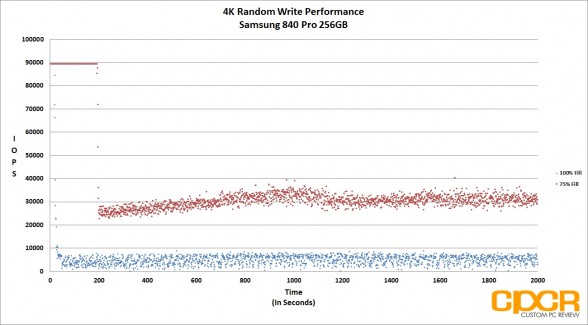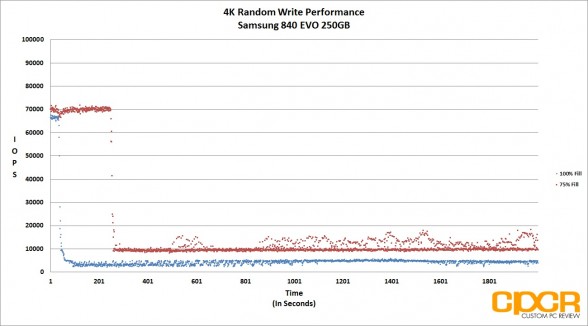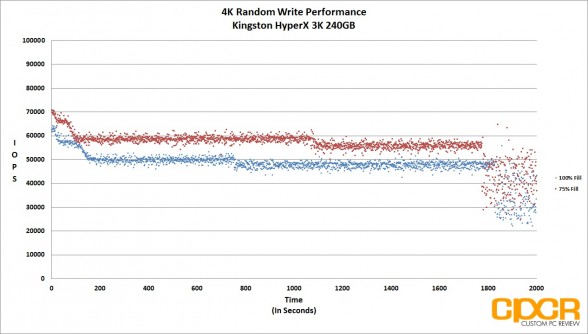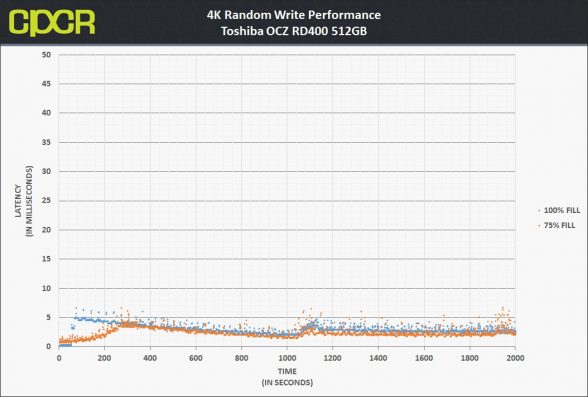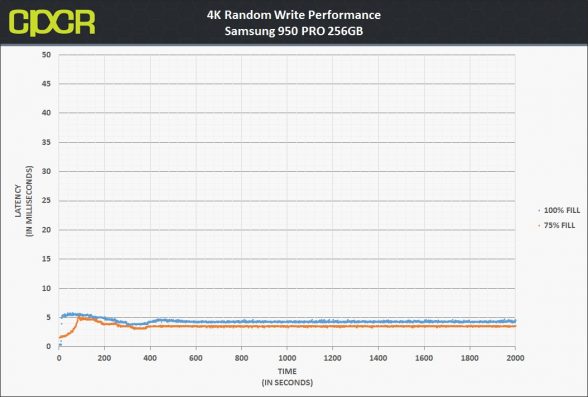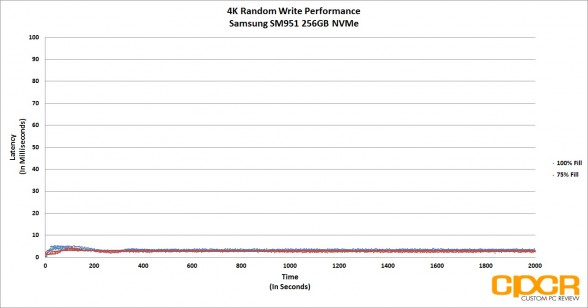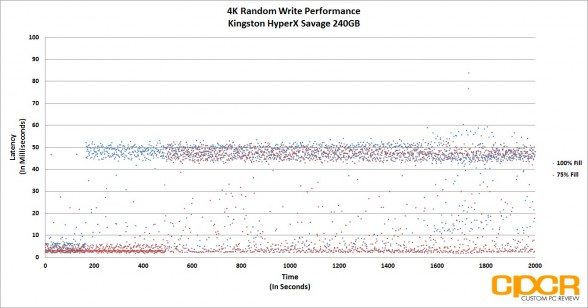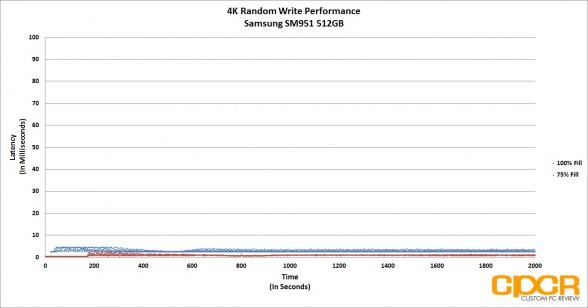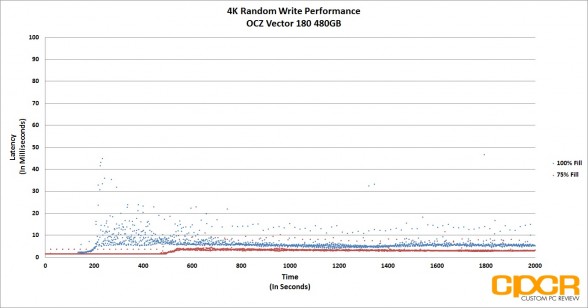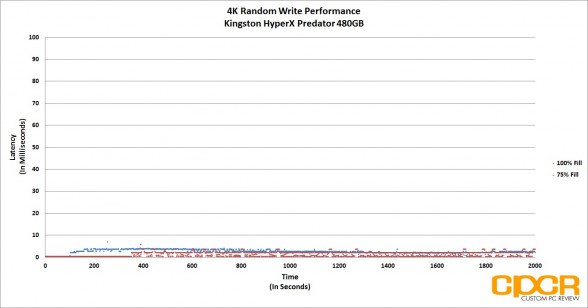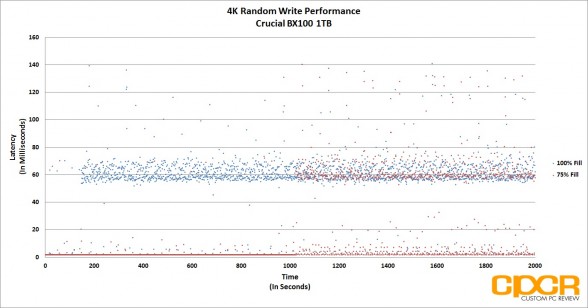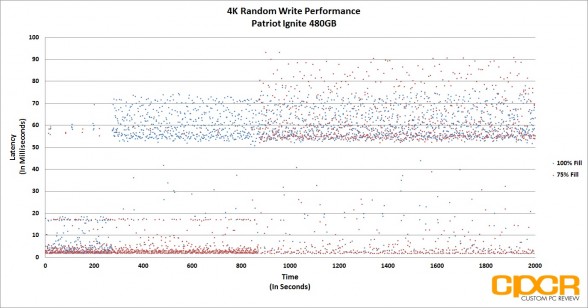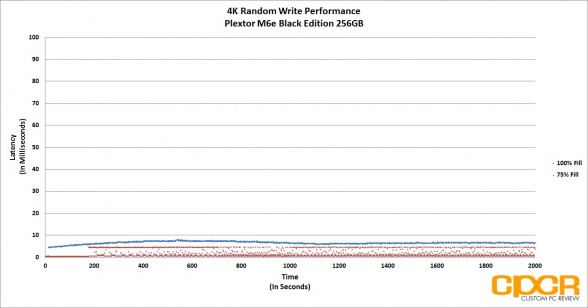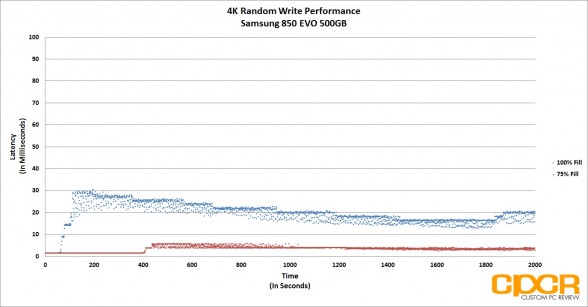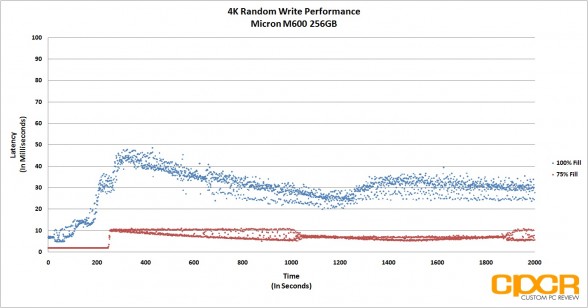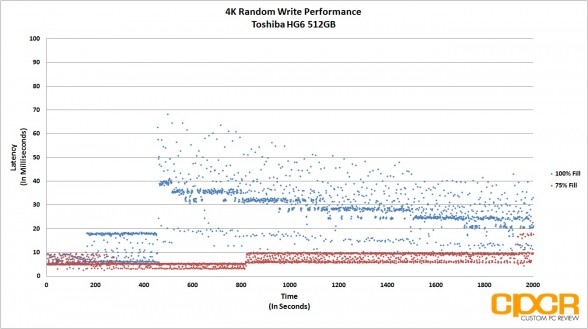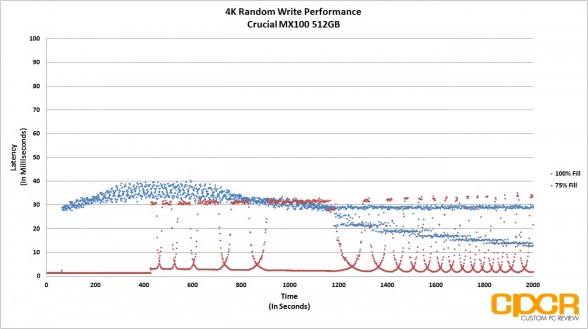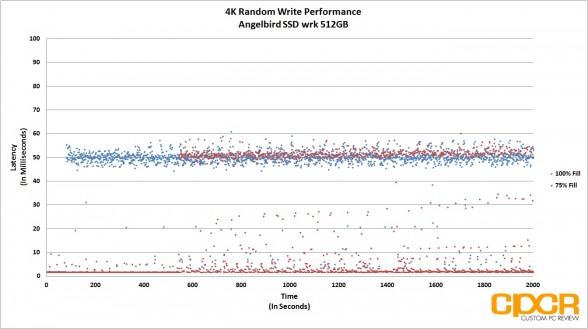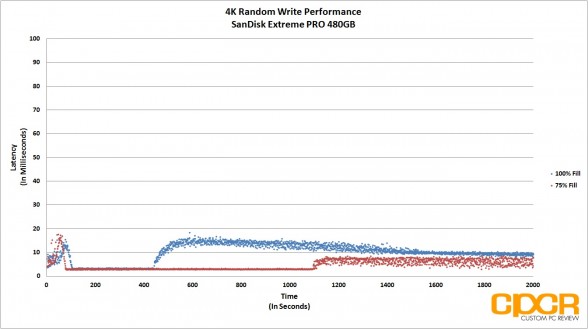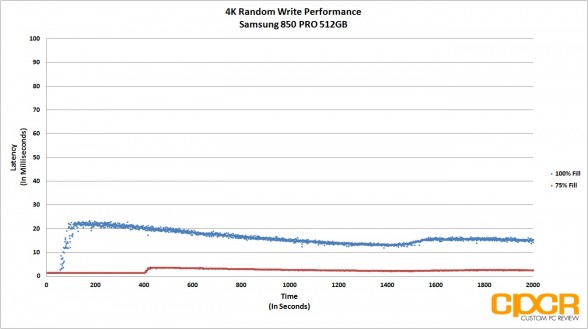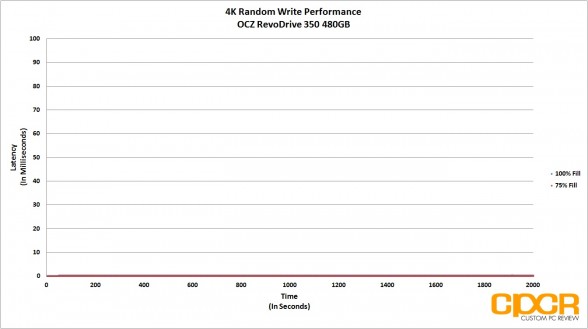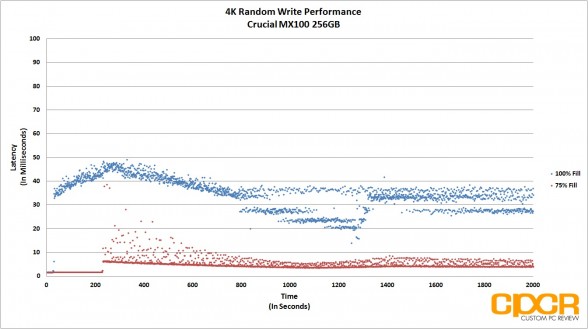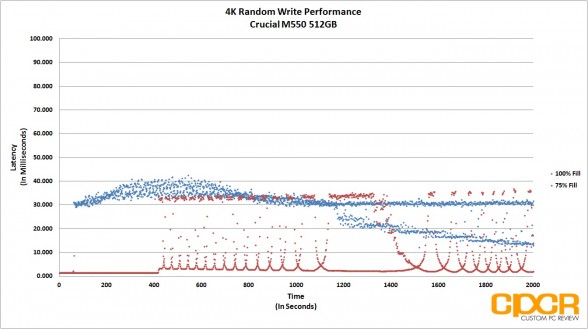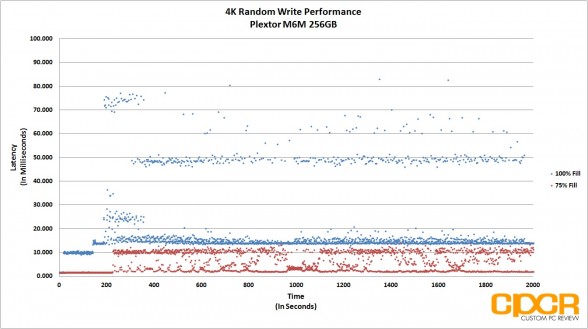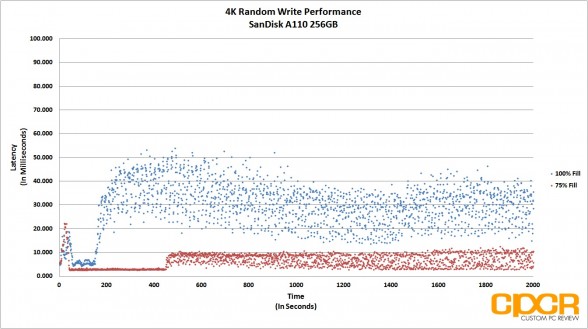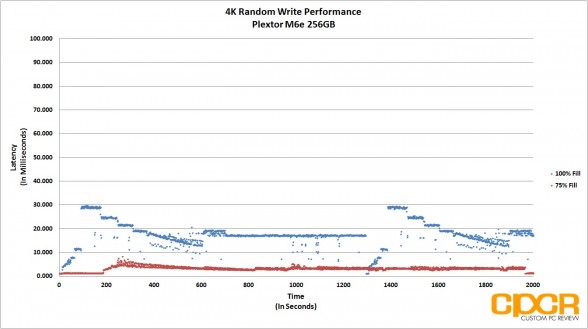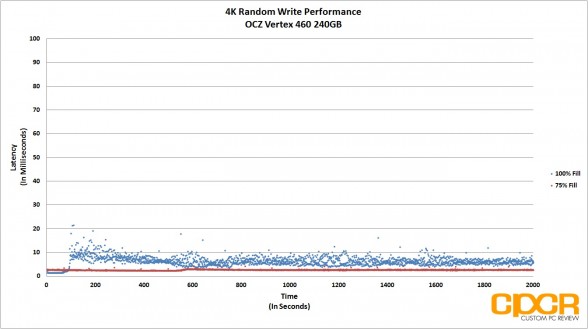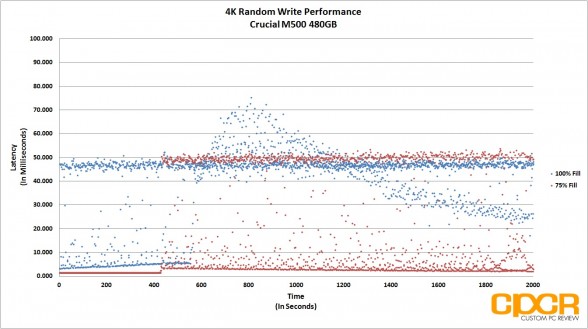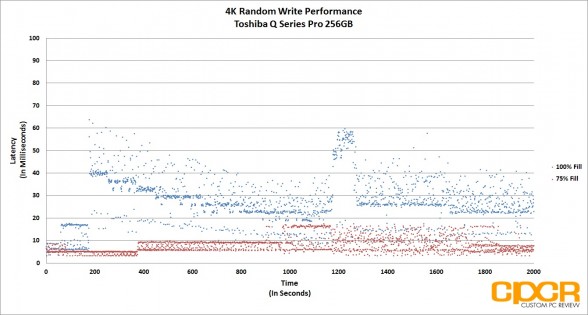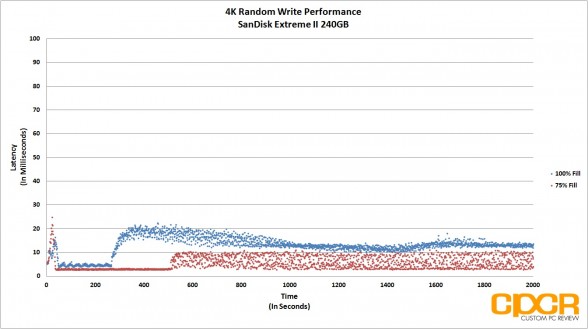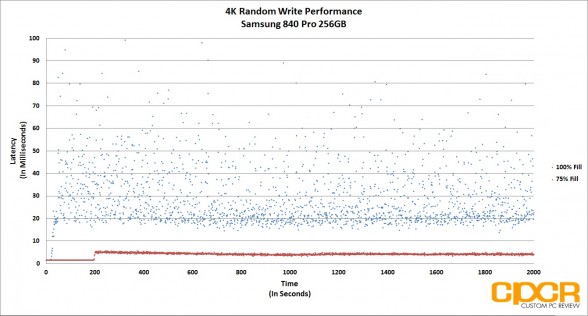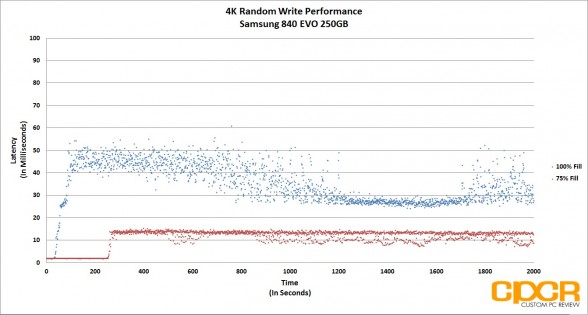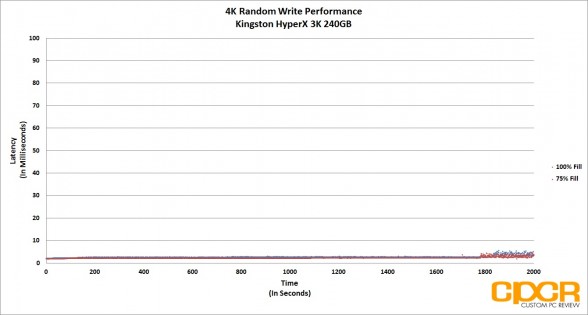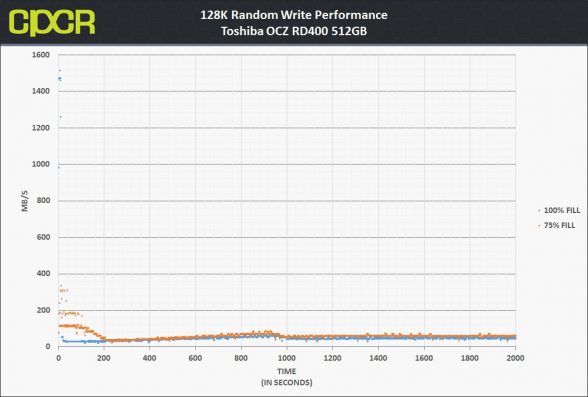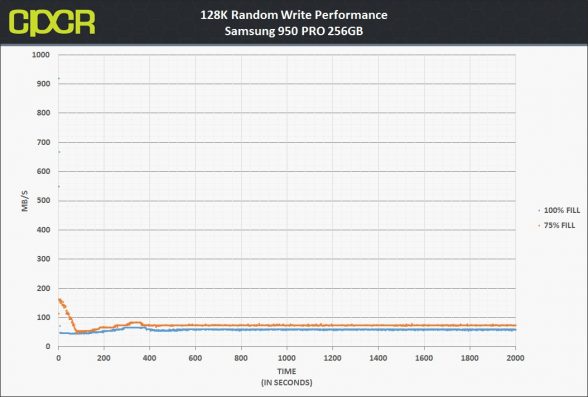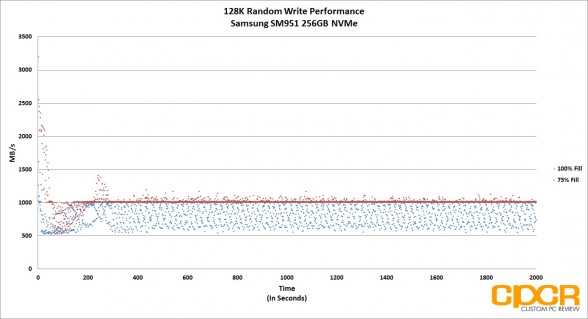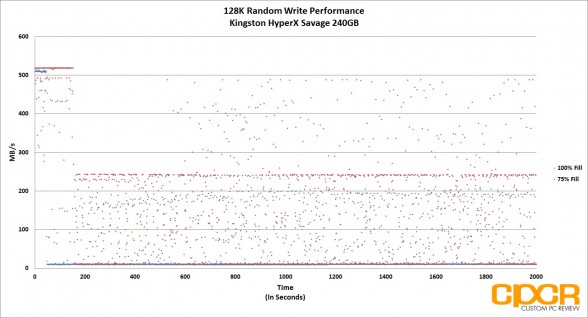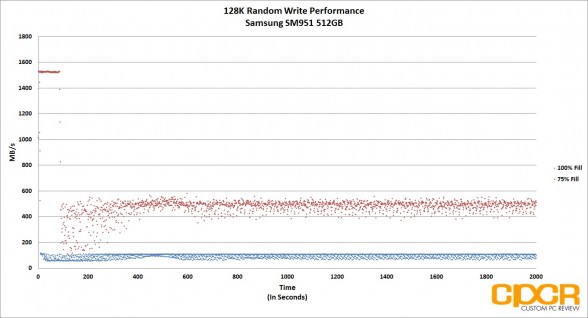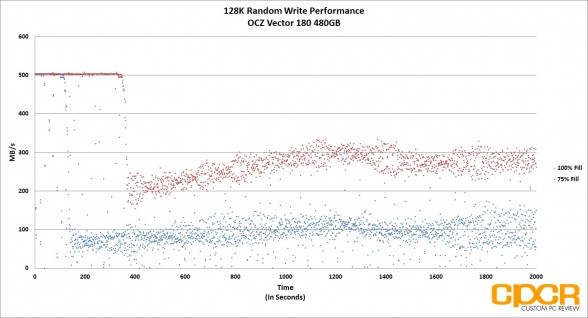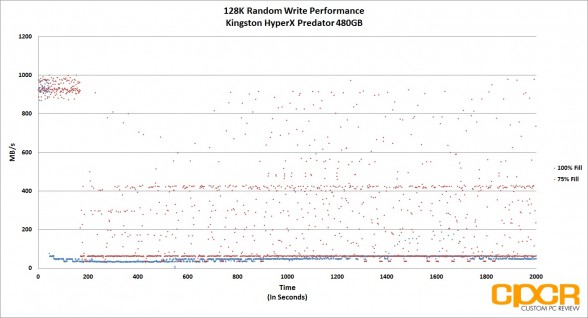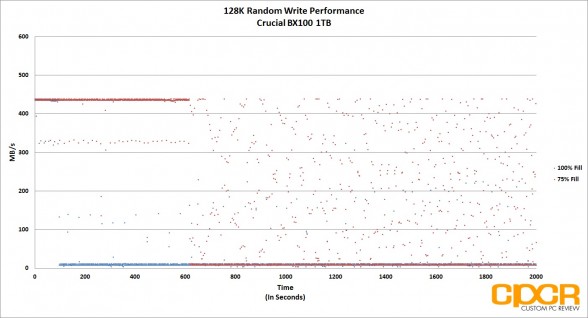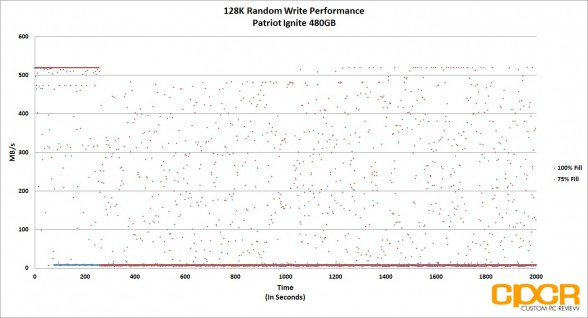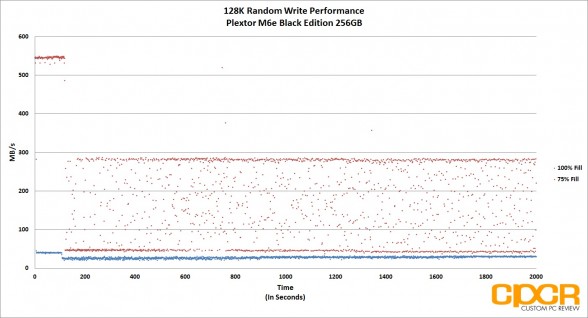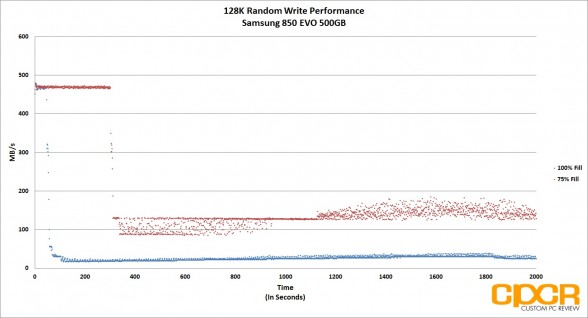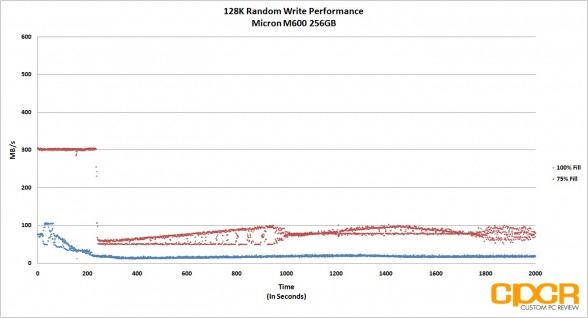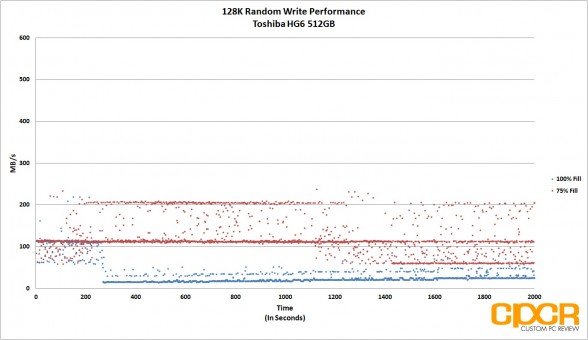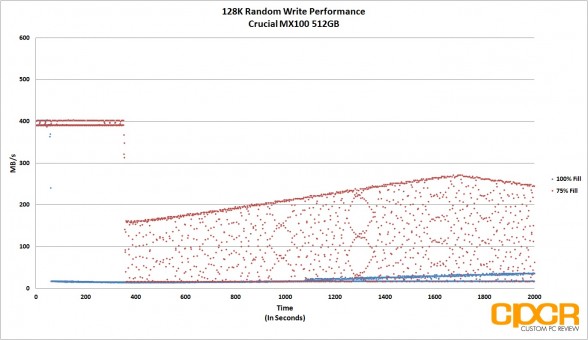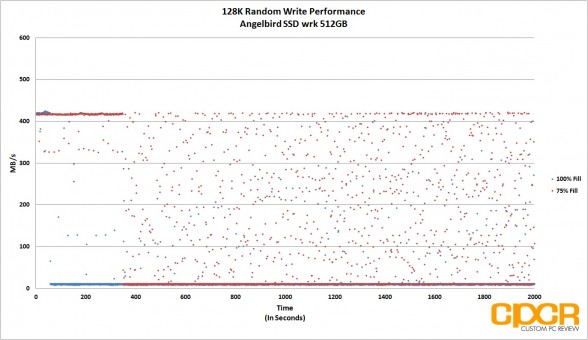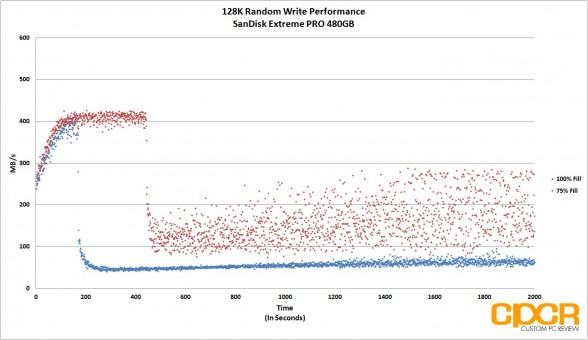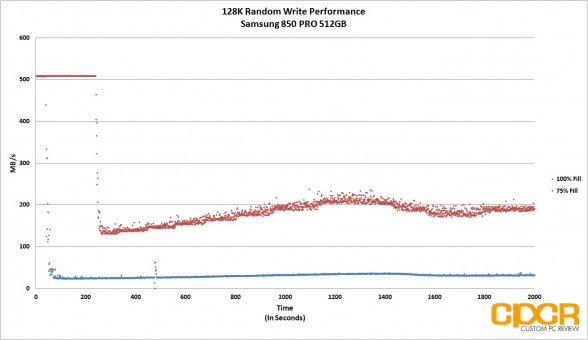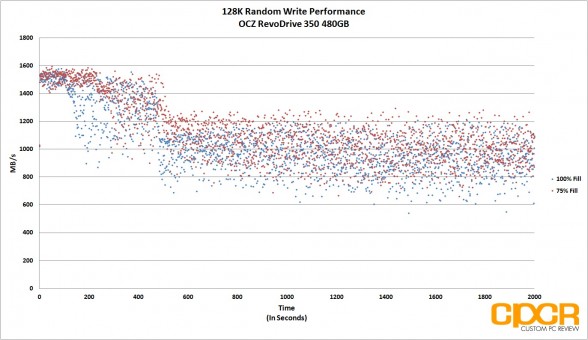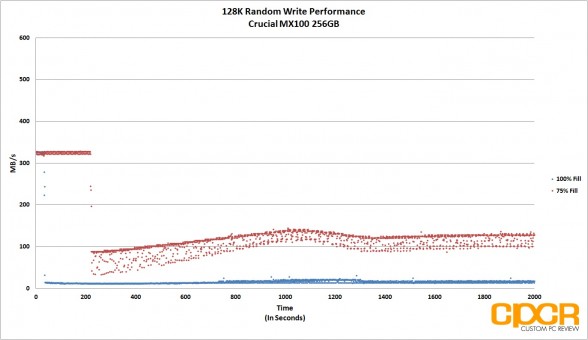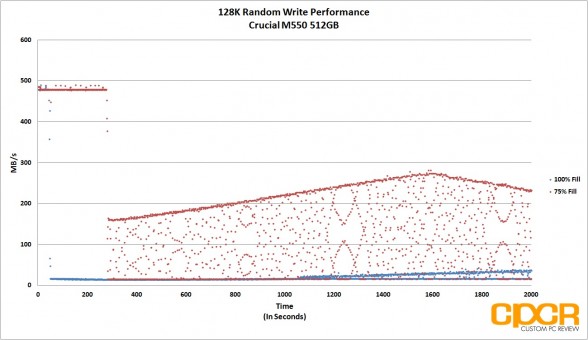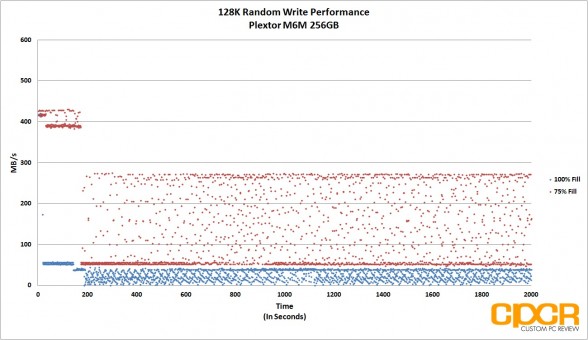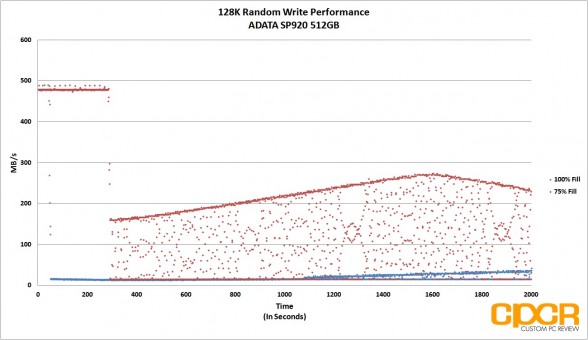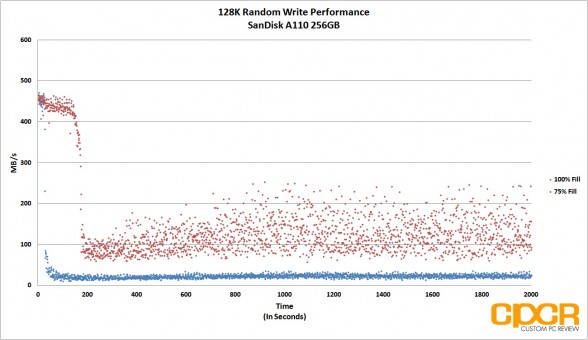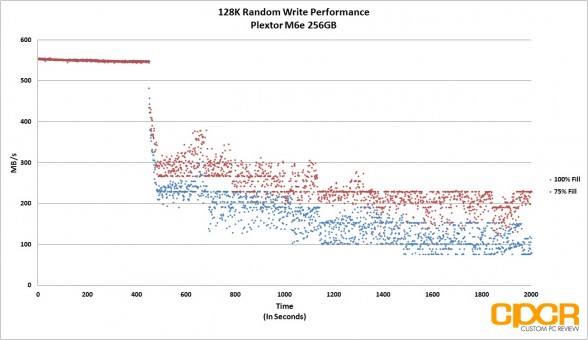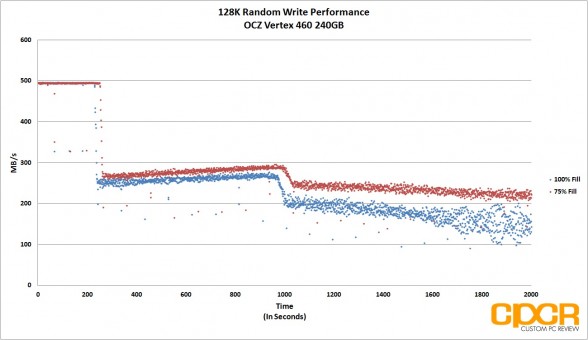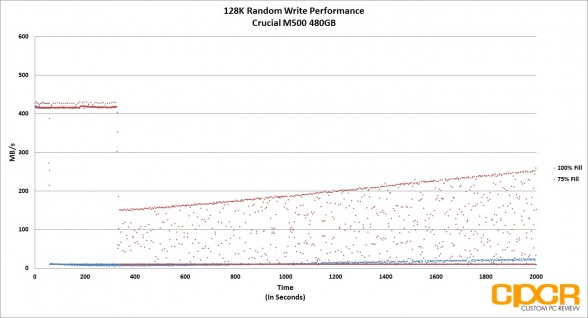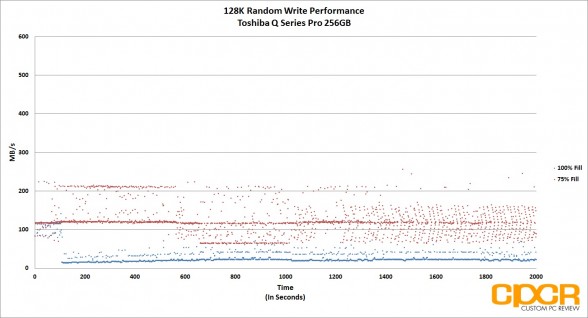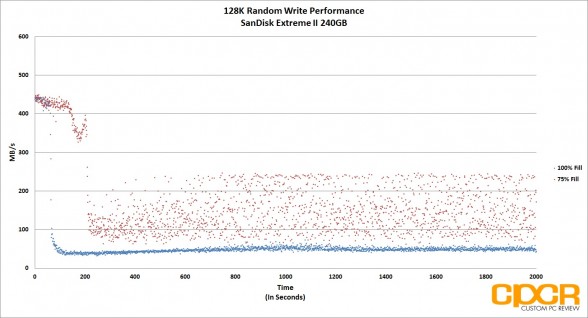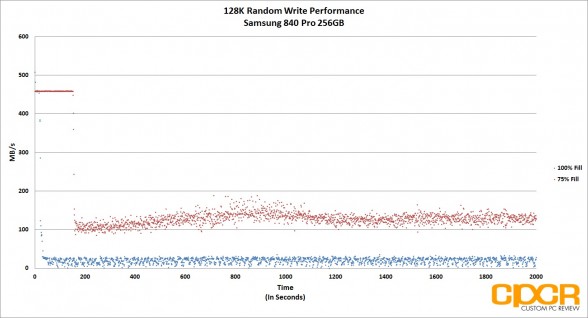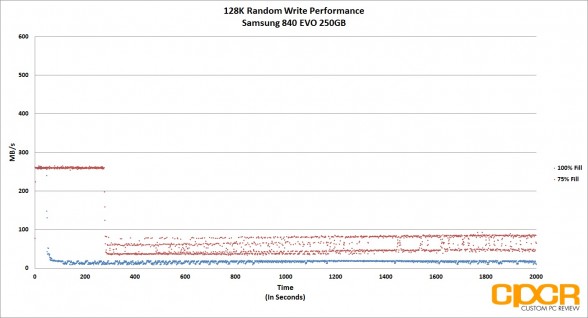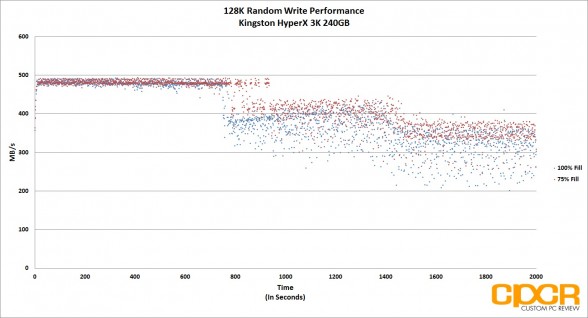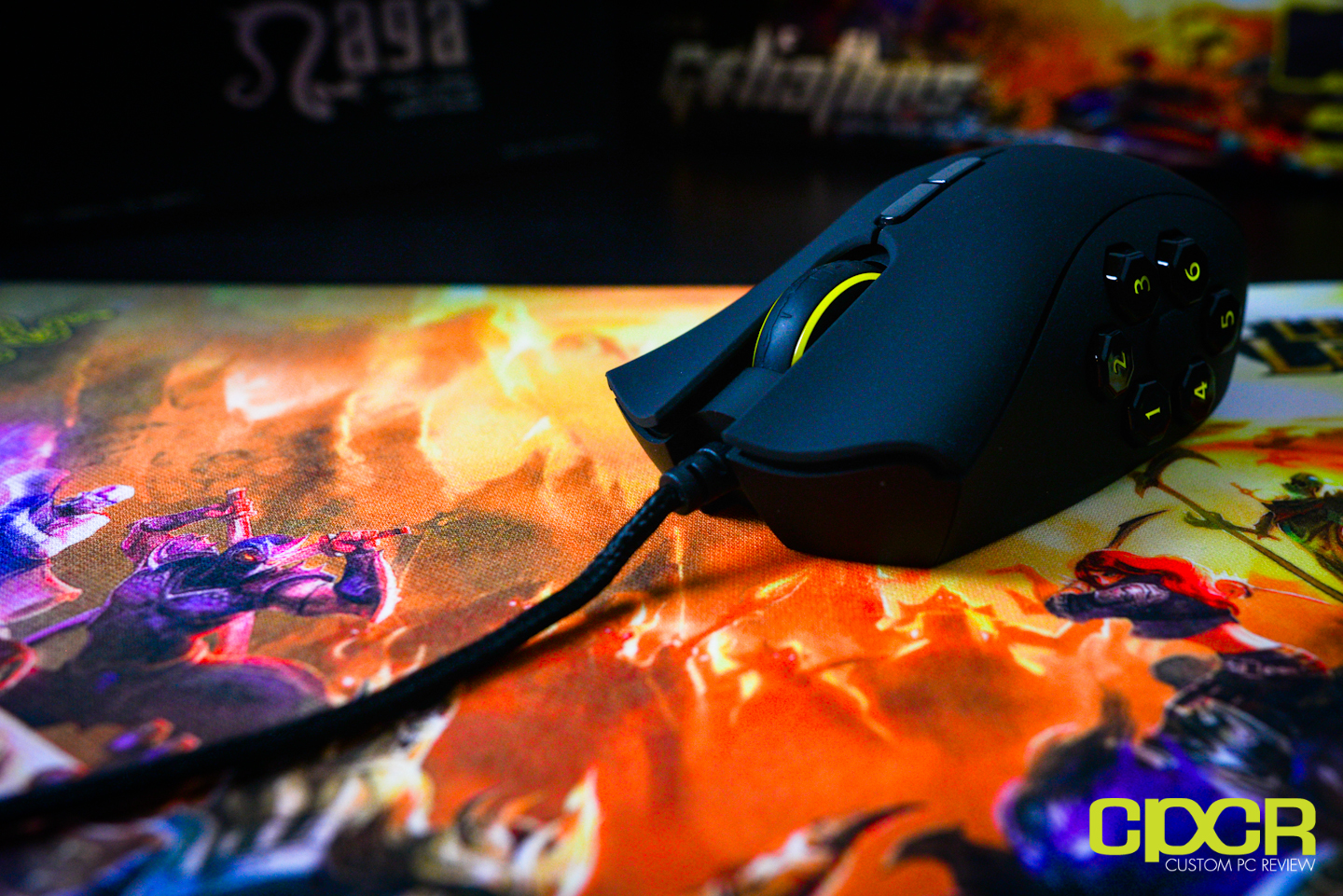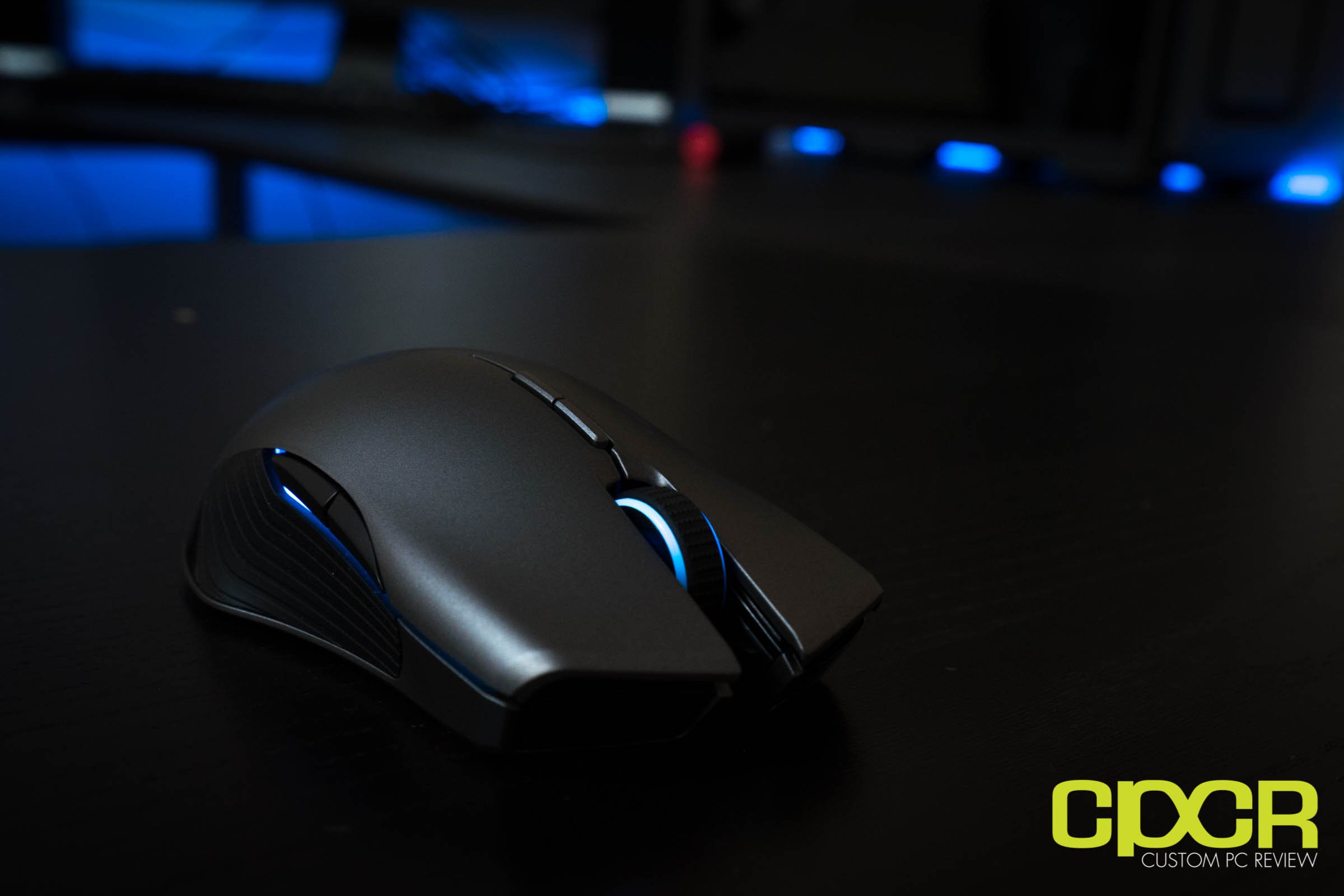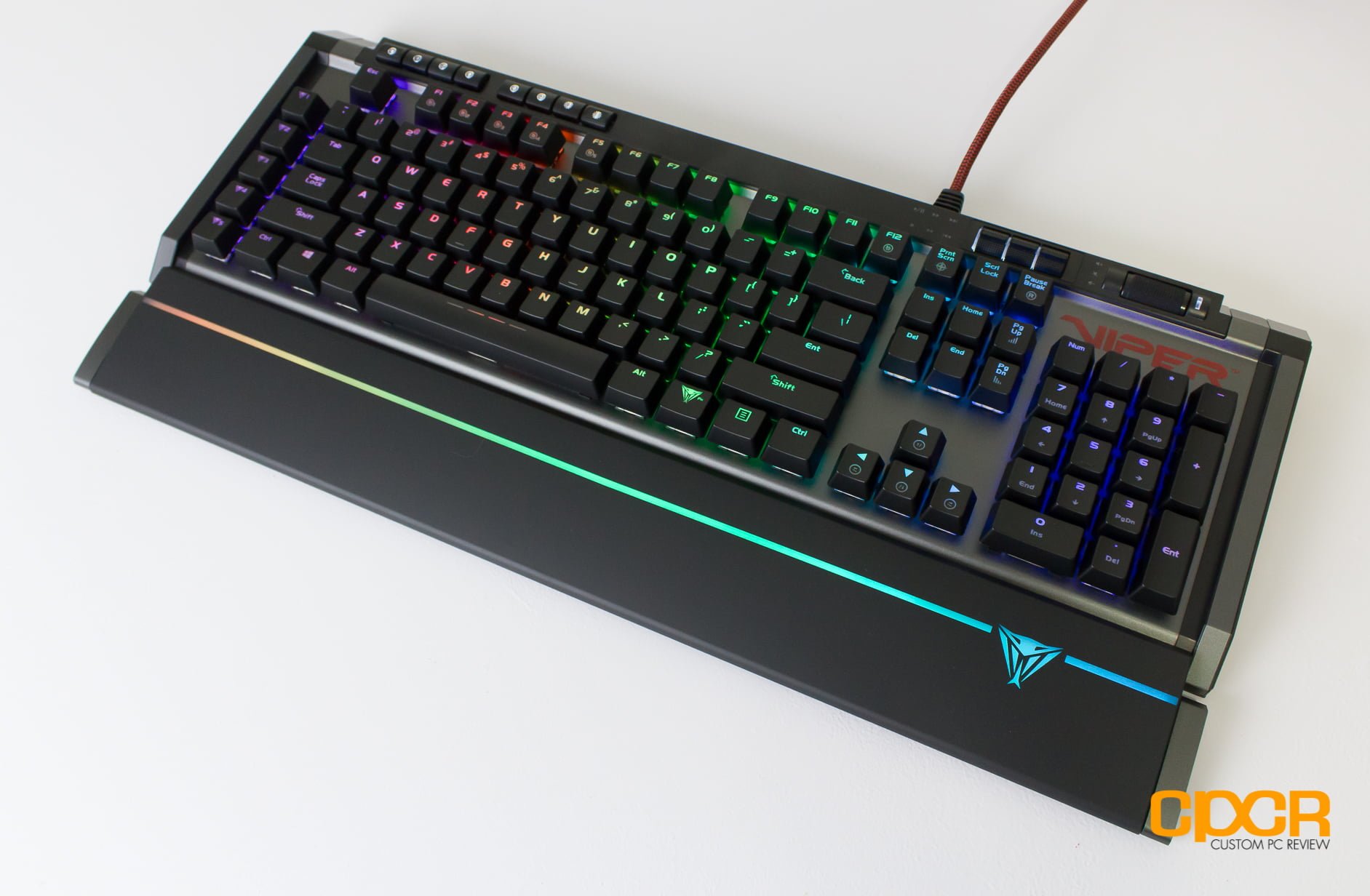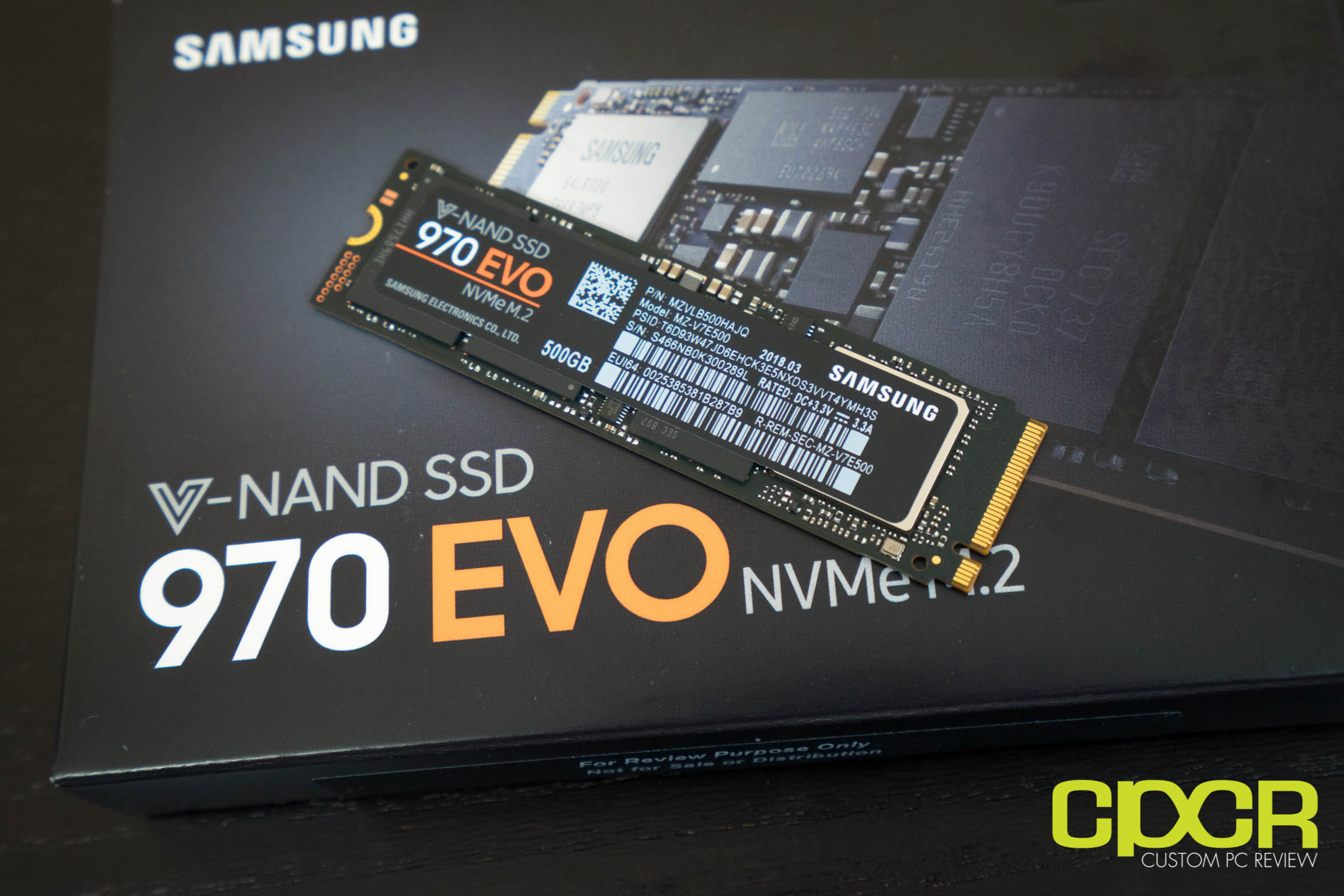[section label=1. Introduction]
Toshiba OCZ Delivers a Winner
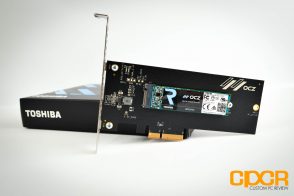 Before NVMe and PCIe SSDs became as well known as they are today, SSD manufacturers had to find creative ways to bypass the limitations of the SATA bus for customers looking for more performance than was possible on SATA. Among the companies spearheading the PCIe SSD market was OCZ with their RevoDrive PCIe line of SSDs. While they were able to provide performance far exceeding what’s possible via the SATA interface, the first RevoDrive SSDs which were Frankensteined creations built with multiple SandForce controllers and custom OCZ virtualization chips that made everything extremely expensive and very cumbersome.
Before NVMe and PCIe SSDs became as well known as they are today, SSD manufacturers had to find creative ways to bypass the limitations of the SATA bus for customers looking for more performance than was possible on SATA. Among the companies spearheading the PCIe SSD market was OCZ with their RevoDrive PCIe line of SSDs. While they were able to provide performance far exceeding what’s possible via the SATA interface, the first RevoDrive SSDs which were Frankensteined creations built with multiple SandForce controllers and custom OCZ virtualization chips that made everything extremely expensive and very cumbersome.
Since then, we’ve come quite a ways away thanks to industrywide adoption of PCIe and NVMe, finally paving the way for mass market adoption of PCIe SSDs. Although during the course of the journey OCZ has gone through a bankruptcy and a subsequent acquisition by Toshiba, they’re still continuing to innovate in the PCIe arena – albeit now with a new name and tons more resources, recently introducing the Toshiba OCZ RD400 PCIe SSD, which they hope will help restore the OCZ name to its former glory.
Toshiba OCZ RD400 NVMe Specifications
| Manufacturer | Toshiba OCZ | |||
|---|---|---|---|---|
| Model | RD400 | |||
| Controller | Toshiba TC58NCP070GSB | |||
| NAND | Toshiba 128Gb 15nm MLC | |||
| DRAM Cache | Samsung LPDDR3 | |||
| Model Number | RVD400-M22280-128G | RVD400-M22280-256G | RVD400-M22280-512G | RVD400-M22280-1T |
| Capacity | 128GB | 256GB | 512GB | 1TB |
| Sequential Reads | 2,200MB/s | 2,600MB/s | ||
| Sequential Writes | 620MB/s | 1,150MB/s | 1,600MB/s | 1,550MB/s |
| 4K Random Read | 170,000 | 210,000 | 190,000 | 210,000 |
| 4K Random Write | 110,000 | 140,000 | 120,000 | 130,000 |
| Form Factor | M.2 2280 | |||
| Interface | PCIe 3.0 x4 NVMe 1.1 | |||
| Warranty | 5 Year (74TBW) Limited | 5 Year (148TBW) Limited | 5 Year (296TBW) Limited | 5 Year (592TBW) Limited |
The new Toshiba OCZ RD400 is a PCIe SSD supporting NVMe 1.1 over PCIe Gen 3 x4. Toshiba OCZ offers the RD400 capacities of 128GB, 256GB, 512GB, and 1TB in the usual M.2 2280 form factor. For a premium, Toshiba OCZ also offers all 4 capacities with a PCIe adapter in the event that your system doesn’t have an available M.2 slot. Under the hood, the Toshiba OCZ RD400 utilizes an in-house Toshiba SSD controller paired with Toshiba’s 128Gb 15nm MLC NAND. Toshiba OCZ claims that the RD400 512GB is able to reach performance up to 2,600MB/s sequential reads and 1,600MB/s sequential writes.
Warranty on the Toshiba OCZ RD400 is 5 years with different levels of endurance dependent on drive capacity. The Toshiba OCZ RD400 128GB is rated at just 74TBW while the 1TB is rated at a respectable 592TBW.
Let’s take a closer look!
[section label=2. A Closer Look]
A Closer Look at the Toshiba OCZ RD400 512GB
Here’s a look at the packaging for the Toshiba OCZ RD400 512GB.
Included in the packaging is a couple pieces of documentation and the drive itself.
OCZ sent us the RD400 with the PCIe adapter, but the bare drive can be purchased on its own. The adapter is a fairly basic adapter without too many bells and whistles. Removing the OCZ RD400 from the adapter is achieved simply by removing a screw. Removing the OCZ RD400 doesn’t appear to void the warranty, so those who purchase a drive with an adapter now can opt to use just the bare drive later.
The Toshiba OCZ RD400 is sold in the common M.2 2280 form factor. Our 512GB version of the drive had two NAND packages, a controller, and DRAM package onboard.
The controller is a Toshiba TC58NCP070GSB 8-channel controller which we actually have very little information about. Toshiba also doesn’t like to give too much information about the architecture of their controllers either, so there’s not too much I can say here.
NAND onboard is Toshiba’s 128Gb 15nm MLC NAND which is fairly popular among SSDs today. This is actually the first time I’ve tested a drive using Toshiba’s 16-stack NAND packaging technology which was presented back at FMS 2015.
Onboard, OCZ is also utilizing a 512MB Samsung LPDDR3 DRAM chip for caching purposes.
[section label=3. Testing Setup, Drive Info, Software]
Testing Setup
| System | CyberPowerPC Gamer Xtreme 4200 |
|---|---|
| CPU | Intel Core i7 4770K |
| Motherboard | ASUS Z87-A |
| Memory | Kingston HyperX Genesis 16GB DDR3 2133MHz |
| Graphics | Intel HD4600 Graphics |
| Storage | OCZ Vertex 4 256GB |
| Power Supply | Corsair HX650 |
| Case | HSPC High Speed Tech Station |
| Optical Drive | ASUS OEM DVD Drive |
| Expansion Cards | Bplus M2P4S M.2 PCIe x4 Adapter |
| Operating System | Windows 10 Pro 64-bit & CentOS 6.4 |
Special thanks to CyberPowerPC, Kingston, OCZ Technology and HSPC for sponsoring our test bench!
Crystal Disk Info
Toshiba OCZ RD400 512GB NVMe
Today we’ll be reviewing the Toshiba OCZ RD400 512GB with the 57CZ4102 firmware installed.
Booting off the OCZ RD400 wasn’t an issue in both Windows and Linux as NVMe drivers are already built into newer operating systems. It is important however that users looking to purchase the Toshiba OCZ RD400 to use as a boot drive will need Windows 8.1+ or the Linux with the Linux Kernels 3.3 or later, and a motherboard that supports booting via UEFI.
OCZ SSD Utility
Toshiba OCZ RD400 512GB NVMe
Following the footsteps of Intel, Samsung and SanDisk, OCZ also unveiled their own SSD utility back with the launch of the OCZ Vector 180. The OCZ SSD Utility allows users to perform a variety of tasks including checking drive monitoring, performance tuning, drive maintenance, and more.
[section label=4. ATTO Disk Benchmark / AS SSD / Crystal Disk Mark]
Toshiba OCZ RD400 512GB Performance
ATTO Disk Benchmark v2.46
ATTO Disk Benchmark is one of the industry’s oldest and most popular benchmarks for testing disk read/write speeds. This benchmarks allows read and write testing using predefined block sizes and gives us a good idea of read/write speeds with different sized files. Most SSD manufacturers prefer using this benchmark when advertising SSDs as it tests using compressible data, which tends to yield best performance.
Performance Analysis
Kicking off strong, the Toshiba OCZ RD400 performs very well in ATTO Disk Benchmark, with performance up to 2,700MB/s sequential reads and 1,648MB/s sequential writes. It always great to see when a drive is able to beat its rated specifications.
AS SSD Benchmark
AS SSD is a very commonly used benchmark used to measure SSD performance in sequential, 4K, 4K QD64 and latency. Tests are run using 100% incompressible data. AS SSD also outputs a final score at the conclusion of the test based off the overall performance of the drive.
Additionally, we also run AS SSD’s included compression benchmark which tests the drive using data of varying compressibility. Some SSDs such as SandForce based SSDs tend to perform significantly better when the data is compressible.
Crystal Disk Mark 3.0.1 x64
Crystal Disk Mark is another popular benchmark which allows us to measure both sequential read/write speeds as well as random read/write speeds. With this benchmark, tests can be run using both random fill (incompressible data) and 0 fill (compressible data). Realistically in typical computer usage scenarios, data being transferred will consist of a mixture of both incompressible and compressible data.
Performance Analysis
Again, fantastic performance in both these benchmarks, so no complaints here. So far, OCZ’s new drive is shaping up to be one of the fastest drives we’ve ever tested.
[section label=5. PC Mark 7 / PC Mark 8]
Toshiba OCZ RD400 512GB Performance
PC Mark 7 Storage Benchmark
The PC Mark 7 storage benchmark is a trace based benchmark that evaluates the SSD under many different real world environments such as gaming, multimedia editing, etc. PC Mark 7 uses a relatively light workload, which represents a typical mainstream client storage sub-system workload.
As of June 2015, we’ve also changed our comparison charts to use the PC Mark 7 Raw Secondary Storage Score. The raw score more effectively highlights performance differences between drives as it discounts idle time between tests.
Performance Analysis
In PC Mark 7, the Toshiba OCZ RD400 is very fast, coming in just behind the Samsung SM951 and Samsung 950 Pro. This is likely attributed to the Samsung drives having better random write performance than the Toshiba OCZ RD400.
PC Mark 8 Expanded Storage Benchmark
With the introduction of PC Mark 8 2.0.228, Futuremark added the option for an Expanded Storage Benchmark which is literally designed to bring any storage system its absolute limits. The new PC Mark 8 Expanded Storage Benchmark takes around 24 hours to run and for our purposes, we’ll be using the consistency test which measures performance consistency, degradation tendency, and recovery speed of a storage system.
Consistency Test
Full details on the consistency test can be found in the PC Mark 8 Technical Guide here. For the more simplified version, the test is basically a near 24 hour, five phase benchmark – three of which we’ll be reporting on in our results below.
- Phase 1 is a precondition phase designed to “dirty” the drive with random data. The entire drive is filled twice to the capacity of the drive.
- Phase 2 is a degrade phase where the drive is hammered with tons of random data followed by a performance test run. This is done 8 times.
- Phase 3 is the steady state phase where the drive is once again hammered with tons of random data followed by a performance test run. This is done 5 times.
- Phase 4 is the recovery phase where the drive is given 5 minutes to rest followed by a performance test run. This is done 5 times.
- Phase 5 is the clean up phase where the drive is simply secure erased.
Performance Analysis
In PC Mark 8 Expanded Storage Benchmark, the Toshiba OCZ RD400 performs very well, going neck and neck with Samsung’s SM951 and 950 Pro. In the recovery phases of the benchmark, the Toshiba OCZ RD400 even manages to snag a few wins as well.
[section label=6. FIO – FOB]
Toshiba OCZ RD400 512GB Performance
FIO (Flexible I/O Tester)
FIO, which stands for Flexible I/O Tester, is basically what its name says – a flexible I/O tester / I/O workload generator. Whereas all the benchmarking tools we’ve used previously are fantastic, easy to use benchmarking tools that provide a good snapshot of SSD performance, they do lack a lot of versatility, especially for more complex and in-depth operations such as custom queue depths, block sizes, test run times, etc. While the testing that follows may not pertain to typical consumer usage, they do help give us a much more in-depth look at each individual product’s strengths and weaknesses when they’re pushed to the limits.
FIO – FOB (Fresh Out of the Box) Testing
When SSDs are brand new and Fresh Out of the Box, they’re generally able to perform at or outperform their advertised speeds, but unlike traditional hard drives, performance on SSDs begin to degrade over time as they become more and more used. This is because while SSDs are new, all bits on the SSD are empty, so they can instantly be programmed with data. However, once data gets programmed in, even if it’s deleted in the filesystem the actual data will still stay programmed on the NAND itself unless some sort of garbage collection routine comes in to wipe the data. Unfortunately, in order to write new data onto “dirty” NAND, the NAND first needs to go through an erase cycle to erase the old data before a program cycle can happen to program new data, which as you may imagine takes more time than just a simple program cycle. As this only happens when writing new data onto the SSD, you’ll generally see less performance degradation on reads and more performance degradation on writes.
For our FOB testing, we run a secure erase on the SSD then run each test sans any preconditioning. This will provide us with the highest level of performance the SSD is capable of and is likely never to be seen ever again once the SSD goes into a used state.
Our testing will include 4K read testing, 4K write testing, and 4K 70/30 read/write mix testing at queue depths of 1,2,4,8,16,32,64,128,256. The reason we’ve also included 4K 70/30 read/write mix testing is simply because most real world workloads will always fall somewhere between 0% write and 100% write rather than one or the other. Since client usage is much more read heavy, we’ll be using the 70/30 read/write mix.
For general client usage, performance will fall somewhere between queue depths of 1-4 whereas servers and other enterprise applications will easily see queue depths of 32 or greater.
Performance Analysis
As with all the recent NVMe drives we’ve tested recently, the Toshiba OCZ RD400 512GB had very good 4K random read performance, reaching 290,000 IOPS fresh out of the box. 4K random read performance was surprisingly good as well, reaching 124,000 IOPS, beating all other drives tested today. Mixed workload performance on the other hand wasn’t nearly as good, performing slightly slower than other NVMe drives in the lineup.
[section label=7. FIO – Steady State]
Toshiba OCZ RD400 512GB Performance
FIO – Steady State Testing
After prolonged use of an SSD, it will reach “steady state” where performance levels off to a minimum level. The FOB state is the “best case scenario” for SSD performance while “steady state” is going to be your worst. Here, we ran the exact same set of benchmarks we just completed in the FOB state; except this time around, we’ll be preconditioning the drive by filling 100% of the drive’s LBAs with two sequential passes of 128k data followed by hammering the drive for six hours with 4K random data prior to actual testing.
Performance Analysis
Steady state performance was very middle of the pack among PCIe SSDs. In our testing, random read performance scaled up to ~277,000 IOPS 4K random read and just shy of ~9,000 IOPS 4K random write. Mixed workloads reached up to 27,000 IOPS.
[section label=”8. FIO – 4K Random Write Consistency”]
Toshiba OCZ RD400 512GB Performance
FIO 4K Random Write Consistency Testing
Another one of the benefits of testing with FIO is the flexibility of running consistency tests, which is one of the most important metrics when considering SSDs going forward. Looking at the results of our benchmarks such as ATTO Disk Benchmark and Crystal Disk Benchmark, we can see that practically every top tier SSD is capable of saturating SATA 6Gb/s in the FOB state. However, what really differentiates these SSDs is their ability to hold a certain level of performance even after extended periods of use.
For our consistency testing, we used a fairly standard method, which includes both filling up 75% of capacity as well as 100% capacity twice with sequential 128k data followed by the actual test itself, which is simply running 4K random writes at a queue depth of 32. By recording the IOPS every second for 2,000 seconds, we’re able to get a good look at what kind of performance can be expected when the drive is relatively new, when it’s heading towards steady state, and when it’s actually in steady state.
Performance Analysis
Write consistency on the Toshiba OCZ RD400 is relatively good, but there’s definitely some room for improvement, especially when compared to super consistent Samsung 950 Pro we reviewed recently.
[section label=”9. FIO – 4K Random Write Latency”]
Toshiba OCZ RD400 512GB Performance
FIO 4K Random Write Latency Testing
Another metric that’s becoming increasingly important in SSDs is its ability to keep latency low despite being subjected to a heavy workload. Even if a SSD were capable of ultra high and ultra consistent IOPS performance, if latency were high, users would still feel that the drive is slow. Ideally, SATA SSDs should always be capable of latencies under 50ms, even during heavy workloads.
For latency testing, we’ll be using the exact same testing parameters as IOPS consistency testing, except instead of recording IOPS every second, we’ll be recording latency.
Performance Analysis
Similar to 4K write consistency, latency could be more consistent as well. That said, latency is kept under 10ms throughout our entire testing, which is very good for a consumer SSD.
[section label=”10. FIO – 128K Random Write”]
Toshiba OCZ RD400 512GB Performance
FIO 128K Random Write Consistency Testing
In addition to testing 4K random write consistency, we’ll also test for 128K random write consistency to see how well a SSD is able to hold itself to a level of performance when getting hammered with larger file transfers.
Testing methodology is very similar to our testing for 4K random write consistency. We use a fairly standard method, which includes both filling up 75% of capacity as well as 100% capacity twice with sequential 128k data followed by the actual test itself, which is running 128K random writes at a queue depth of 32. By recording the IOPS every second for 2,000 seconds, we’re able to get a good look at what kind of performance can be expected when the drive is relatively new, when it’s heading towards steady state, and when it’s actually in steady state.
Performance Analysis
Like what we saw with 4K writes, 128K writes were fairly consistent although there’s definitely room for improvement. It’s still among the best we’ve seen in the consumer SSD market.
[section label=11. Conclusion]
Toshiba OCZ RD400 512GB Conclusions
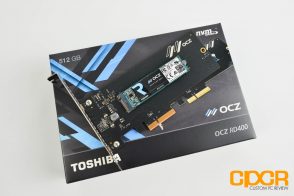 It’s been a while since OCZ really launched a top of the line, high-performance drive that I’d really purchase. While some of the older Vector drives were relatively good in their time, they were outmatched in cost and performance by competing Samsung drives. This is no longer the case today.
It’s been a while since OCZ really launched a top of the line, high-performance drive that I’d really purchase. While some of the older Vector drives were relatively good in their time, they were outmatched in cost and performance by competing Samsung drives. This is no longer the case today.
In terms of performance, the Toshiba OCZ RD400 512GB performed very well, trading blows with Samsung’s 950 Pro in our testing. Whereas the Samsung 950 Pro outshines the Toshiba OCZ RD400 in 4K random read performance, the Toshiba OCZ RD400 outshines its competitor in 4K random write performance. Furthermore, the Toshiba OCZ RD400 also has some of the fastest sequential read/write performance we’ve seen in a consumer M.2 SSD. Compared to both consumer PCIe and SATA drives, the Toshiba OCZ RD400 easily destroys its competition.
| Manufacturer | Toshiba OCZ | |||
|---|---|---|---|---|
| Model | RD400 | |||
| Model Number | RVD400-M22280-128G | RVD400-M22280-256G | RVD400-M22280-512G | RVD400-M22280-1T |
| Capacity | 128GB | 256GB | 512GB | 1TB |
| Street Price | $119.99 | $174.99 | $309.99 | $769.99 |
| Price/GB | $0.94 | $0.68 | $0.61 | $0.77 |
| Check Pricing | Click Here | Click Here | Click Here | Click Here |
The Toshiba OCZ RD400 512GB can be found online for ~$309.99 for the bare drive and ~$329.99 for the drive with the PCIe adapter. This is relatively average pricing for PCIe M.2 drives, so nothing too special here. Until M.2 reaches the mass market adoption we see in SATA drives today, it’s expected to see products sitting at a premium. That said, the Toshiba OCZ RD400 is currently the best option for those looking for a 1TB NVMe M.2 SSD. Samsung’s 950 Pro currently top out at 512GB and although a 1TB drive is supposed to be coming, no hard date has been announced.
Overall the Toshiba OCZ RD400 512GB is an excellent drive with great performance, great pricing, a great warranty program, and now it’s even backed by the Toshiba name. For those looking at picking up a new NVMe M.2 drive, it’s definitely a toss up between the Samsung 950 Pro and the Toshiba OCZ RD400 dependent on price and availability. Highly recommended!
Sample provided by: OCZ
Availability: Amazon

